Lighting isn’t just background decoration—it’s the heartbeat of every live performance. The right color choices can lift an audience to their feet, bring characters to life, or set a romantic mood that lingers long after the curtain falls. Whether you’re a DJ in a packed club, a theater designer shaping drama on stage, or a wedding planner creating unforgettable moments, color strategy is the difference between ordinary and breathtaking.
This guide will walk you through how to plan, mix, and apply stage lighting colors—from emotional impact and event types to tech tools and trending palettes for 2025—so you can make every show a visual story your audience remembers.

Start with Outcomes: Define the Emotion First
Before picking colors, decide what you want the audience to feel. Color is an emotional shortcut—use it intentionally:
-
Red – Urgency & Passion: Perfect for action scenes, climaxes, or high-energy solos. Use sparingly to avoid visual fatigue or anxiety.
-
Blue – Calm & Mystery: Deep blues slow the pace and invite reflection. Pair with haze for dreamlike effects or underwater illusions.
-
Green – Nature & Renewal: Ideal for environmental themes or outdoor settings. Blend toward yellow or blue for harmony, but avoid heavy green washes on skin.
-
Yellow & Amber – Optimism & Warmth: Bright yellows lift spirits, but amber offers a softer, less-harsh warmth.
-
Purple – Creativity & Luxury: Evokes imagination and sophistication—great for transitions, curtain reveals, or brand launches.
- White – Clarity & Focus: Use as a neutral reset or spotlight. Adjust temperature (cool vs warm) to subtly influence mood.
Build Your Palette Using the 3-Layer Method
Think of your stage color choices as three visual layers stacked on top of one another:
-
Base Layer – Key and Main Subjects
This is your foundation. It ensures performers and important areas are clearly visible and look natural. The base is often a neutral or slightly warm/cool white so the audience’s focus stays on the performance rather than the lighting itself. -
Middle Layer – Atmosphere and Mood
This layer sets the emotional tone for the entire scene. It’s the main wash of color that gives the stage its overall feeling—whether that’s romantic warmth, mysterious coolness, or vibrant energy. -
Top Layer – Accents and Highlights
The final layer adds depth and excitement. It’s used sparingly to emphasize key moments, movement, or specific areas on stage. Accents might be a sharp beam, a rotating gobo pattern, or a contrasting splash of color that catches the audience’s eye.
Using these three layers keeps your lighting organized and balanced—your subjects stay visible, the mood is clear, and the accents bring the performance to life without overwhelming the audience.
Match Colors to the Type of Event
Concerts and Festivals
- Rock: Deep reds, oranges, and strobes for drama.
- Pop & EDM: Pink, teal, purple, pixel mapping, and rainbow effects for energy.
- Use beat-synced transitions and occasional blackouts for big drops.
Theater and Ballet
- Amber and lavender for warmth.
- Blue and green for melancholy or suspense.
- Gradual color fades signal shifts in time or location.
Corporate and Conferences
- Neutral whites and cool blues keep the focus on presenters.
- Subtle brand washes (blue for tech, green for sustainability).
- Consistent color temperatures for professional photography and video.
Fashion Shows
- Crisp white to display garment colors accurately.
- Accents like fuchsia or amber create mood between runway sequences.
- Avoid harsh shadows unless for dramatic effect.
Weddings and Private Events
- Blush pink, champagne gold, and warm white for romance.
- Seasonal themes: lavender for spring, emerald for winter.
- Shift wash colors on the dance floor as the party evolves.
Factor in Venue and Environment
- Indoor Theaters: Deeper hues (burgundy, violet) hold up under controlled lighting.
- Outdoor Stages: Use haze or fog at night to define beams; choose saturated accents to stay visible in daylight.
- Small Rooms & Studios: Minimize colors—multi-effect fixtures with wall washes create depth without clutter.
Leverage Modern Lighting Tech
- DMX Control: Program smooth transitions, timed cues, or music-synced effects.
- RGB vs. RGBAW: RGB covers basic hues; RGBAW adds amber and white for richer pastels and softer whites.
- Pixel Mapping: Animated gradients and chases create movement without extra fixtures.
- Wireless Control: Apps and remotes simplify adjustments for small or mobile rigs.
Color “Recipes” and Combos for 2025
- Neo-Dream (Teal + Purple): Futuristic and immersive—perfect for esports and synth-heavy shows.
- Royal Ember (Red + Gold): Regal and dramatic—ideal for ceremonies or grand finales.
- Solar Chill (Ice Blue + White): Crisp and elegant—suited for weddings, winter themes, and product launches.
- Sunset Punch (Blue + Orange): Cinematic contrast for dance or storytelling.
- Blossom Haze (Pink + Lavender): Soft and whimsical—ballet, children’s theatre, and dreamy visuals.
Align Lighting with Costumes and Sets
- Backdrop Coordination: Don’t wash a blue set with blue—try amber or teal to create separation.
- Fabric Reactions: Test lighting on costumes—velvet may dull under red, satin gleams under gold or white.
- Scene Transitions: Use color shifts to indicate location or mood changes, like moving from purple urban tones to green rural hues with a touch of amber.
Avoid Common Color Mistakes
- Overloading with too many hues—stick to 2–3 per scene.
- Using only cool tones—always include warmth for skin tones.
- Abrupt transitions—program smooth fades to maintain immersion.
- Over-brightness in small venues—dim intensity to match the space.
Quick Designer’s Checklist
- Define the desired emotion.
- Set white balance for skin tones.
- Pick one wash color and one or two accents.
- Program smooth transitions.
- Test under show conditions and record on camera.
- Keep neutral white handy for balancing.
Trends to Watch in 2025
- Gradient washes and scrolling palettes.
- Interactive lighting moments with audience participation.
- Minimalist monochrome scenes with one accent hue.
- Eco-friendly LEDs and recyclable gels.
- Pixel-controlled strips for animated color movement.
Conclusion
Color choices are a storytelling superpower. The right palette can guide emotion, highlight performers, and create unforgettable atmospheres. By starting with the feeling you want to evoke, simplifying your palette, and using modern tools, you’ll make your stage designs shine brighter than ever.
For more inspiration and professional-grade lighting solutions, explore https://betopperdj.com — your next unforgettable show starts here.

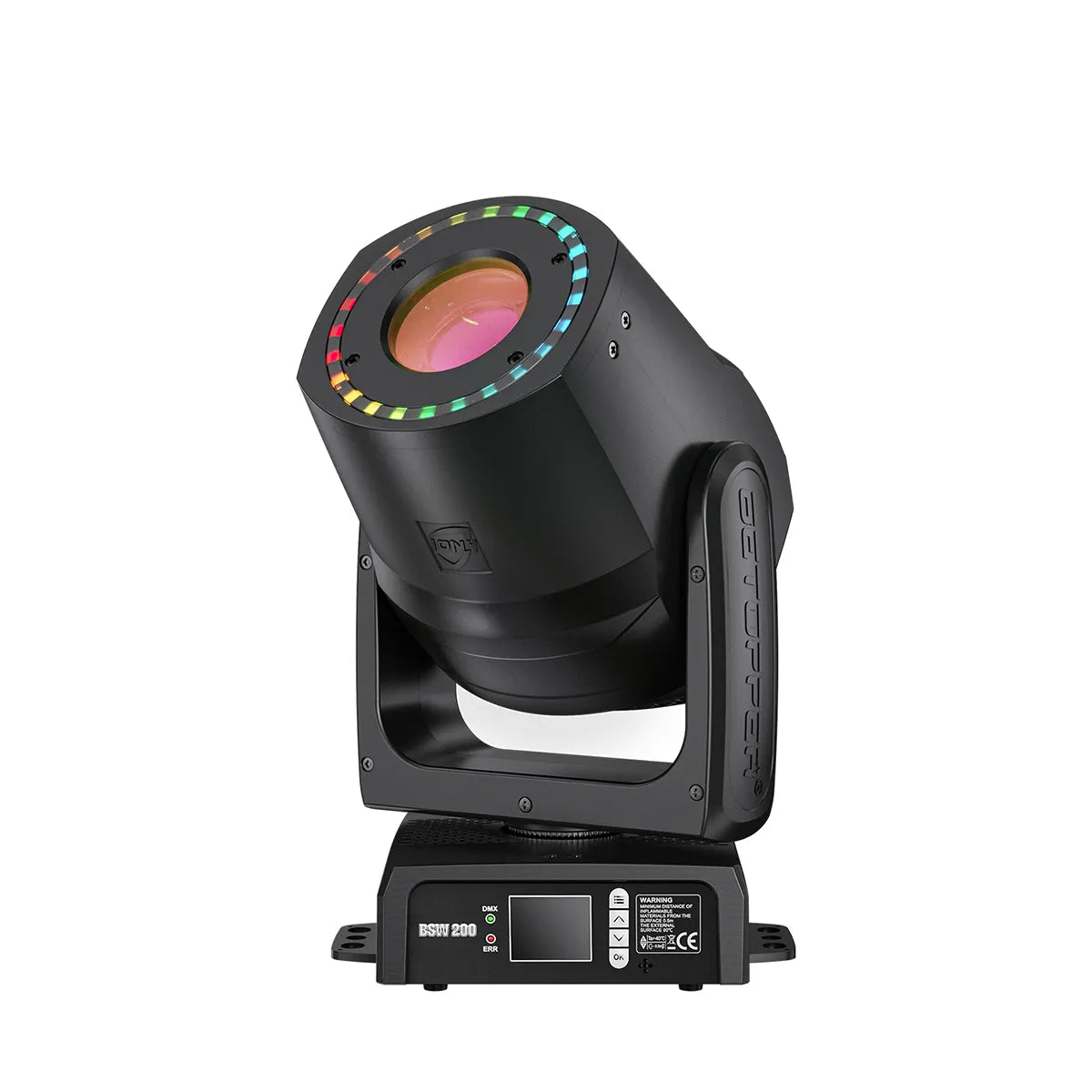
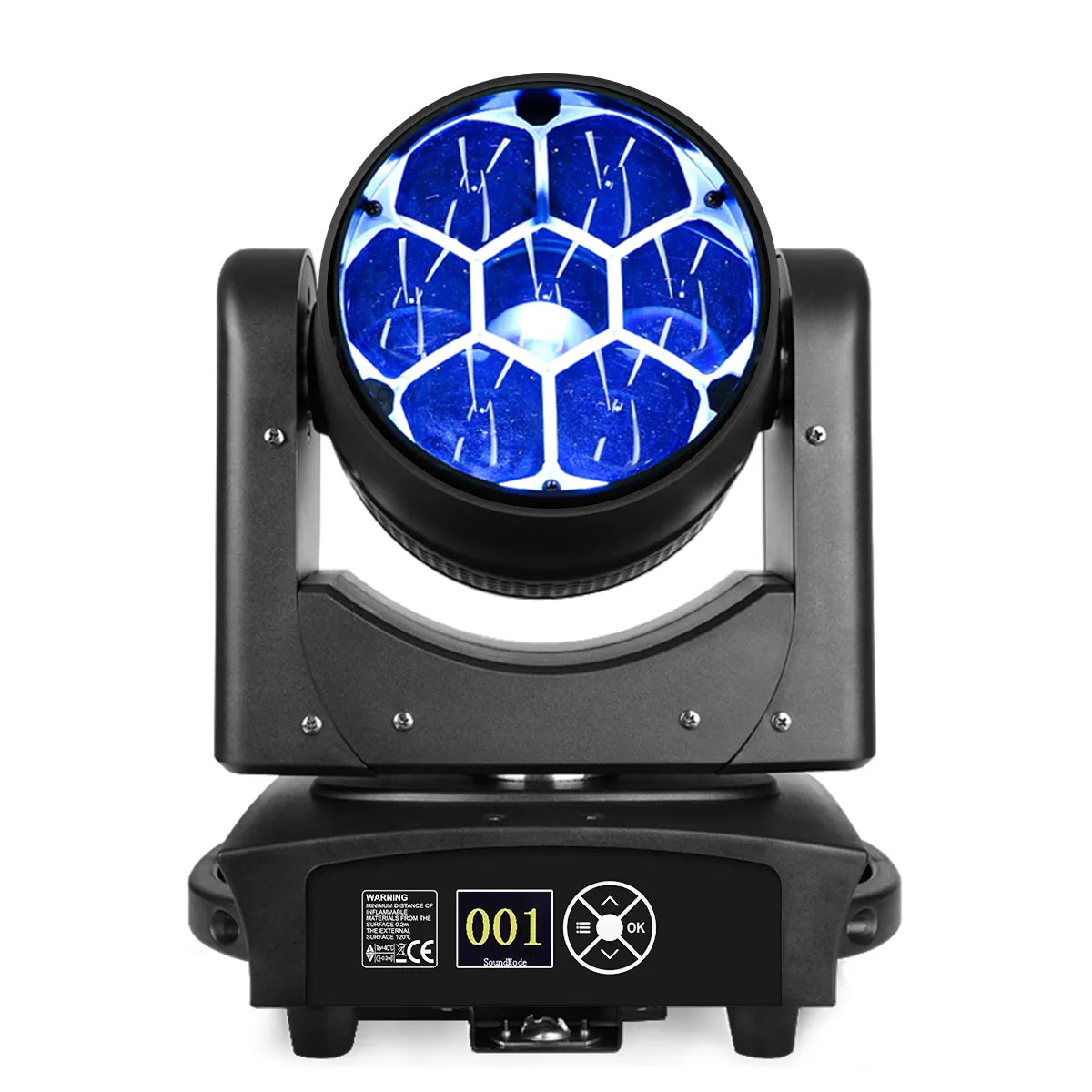
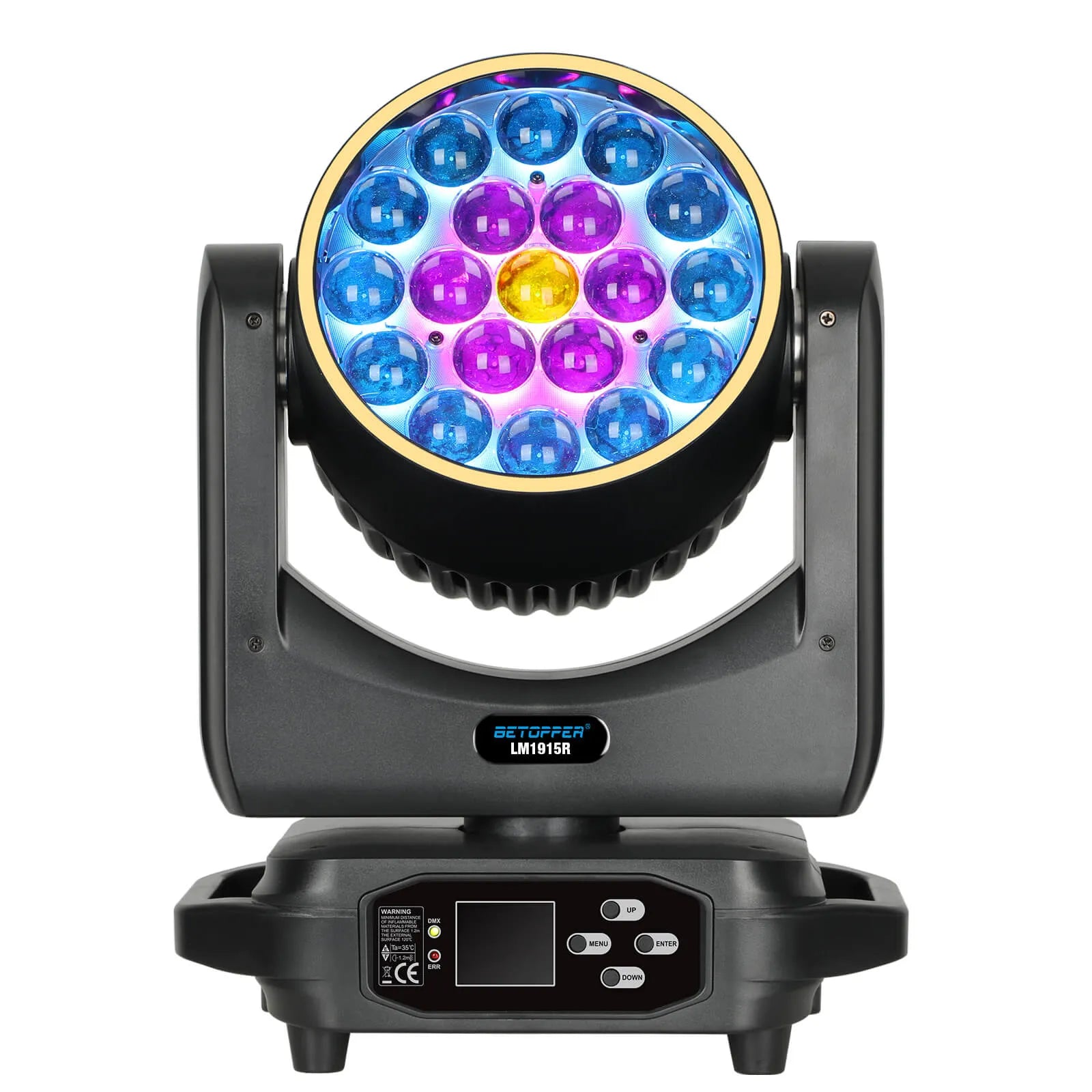
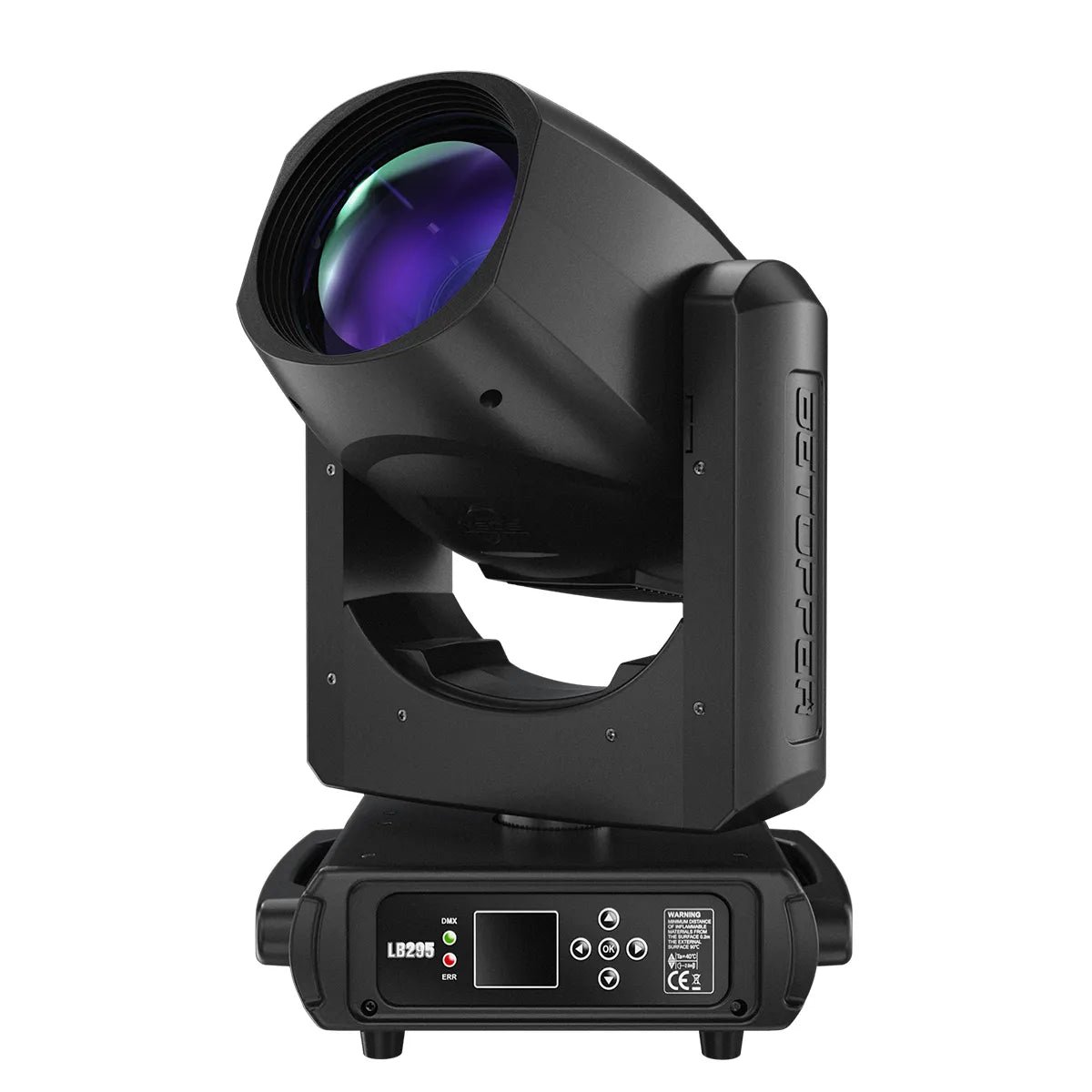
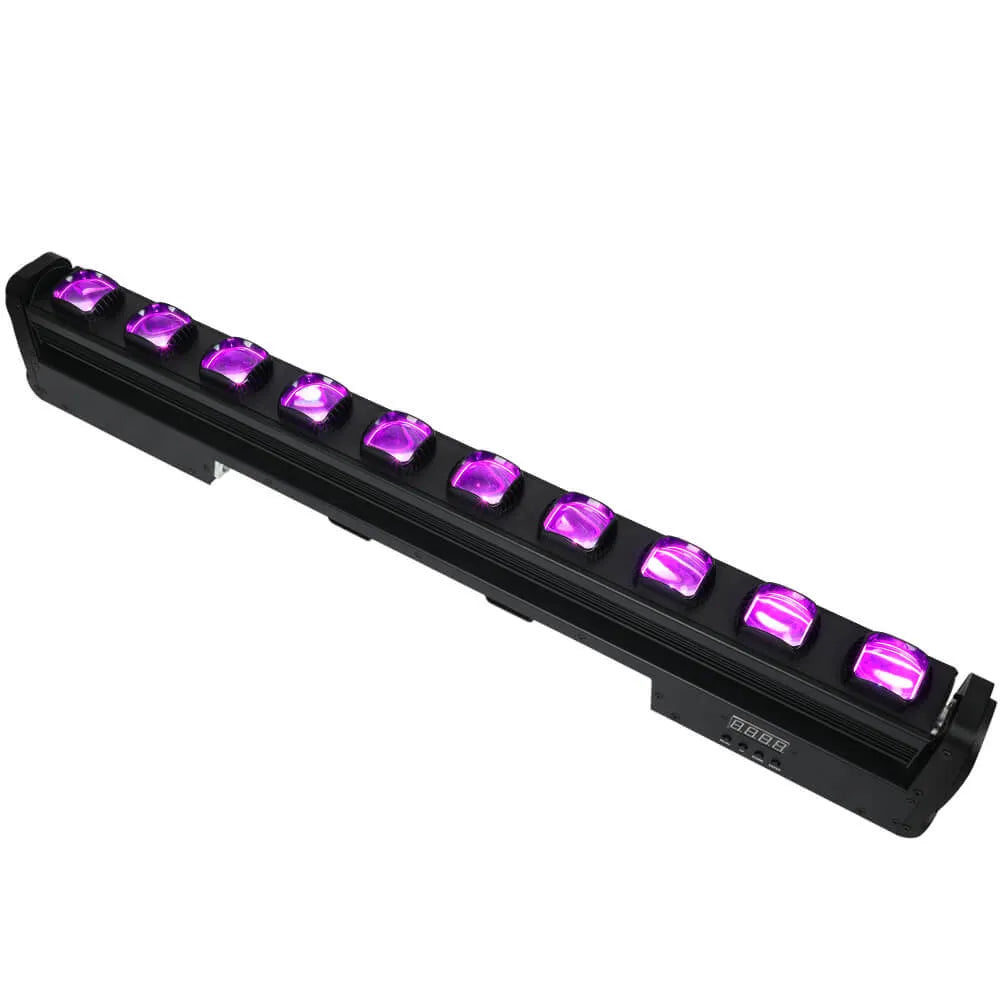
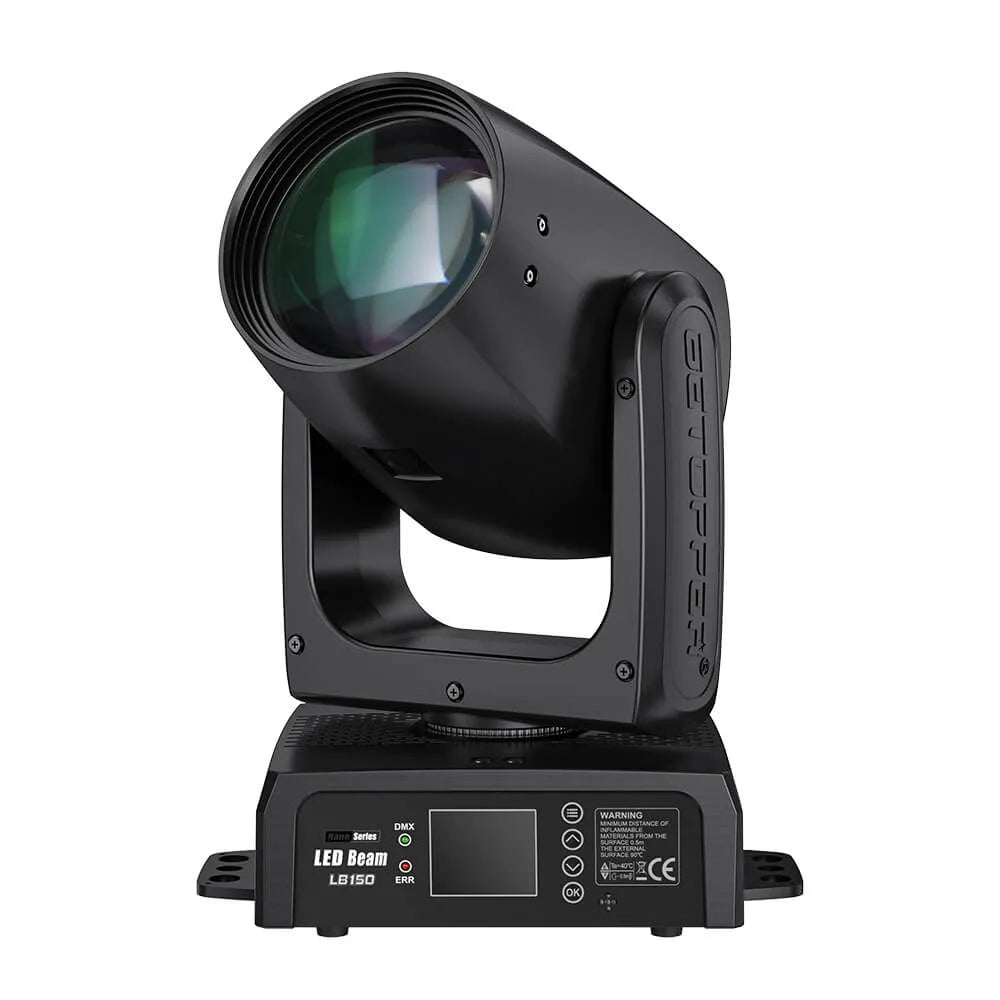
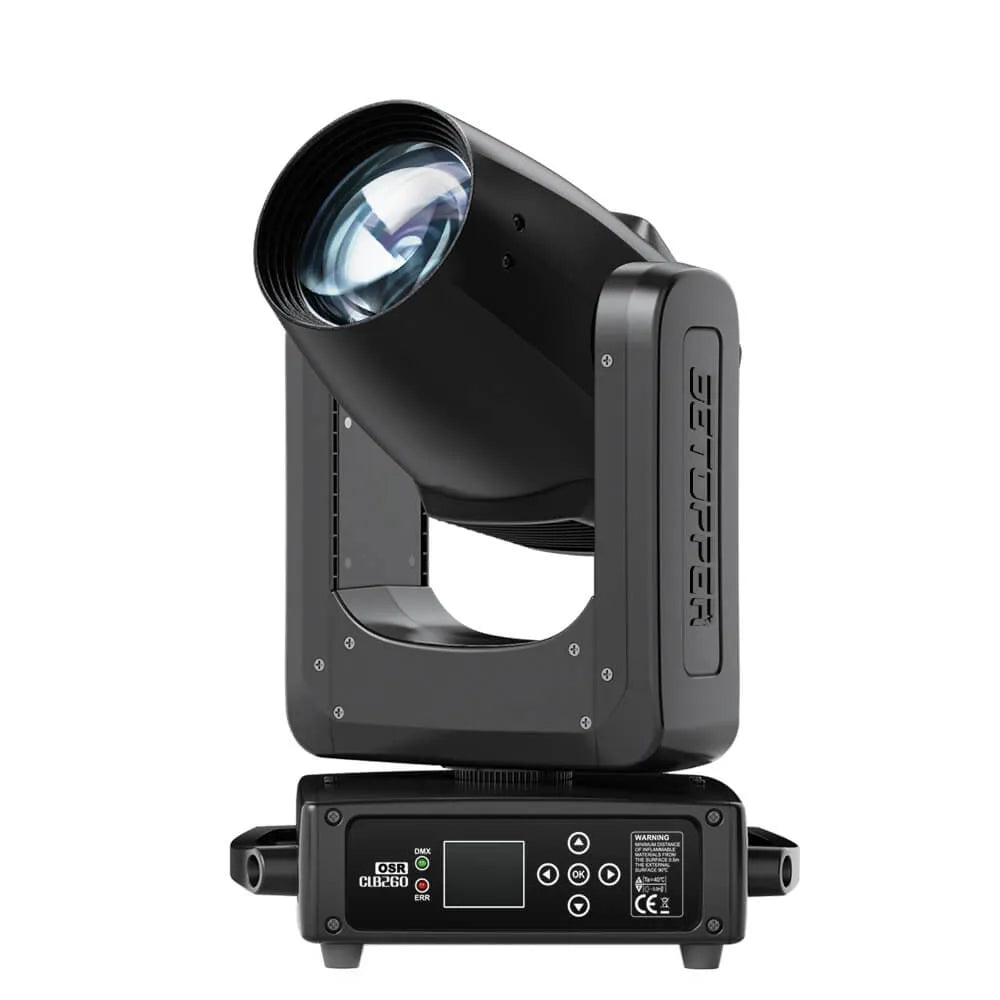
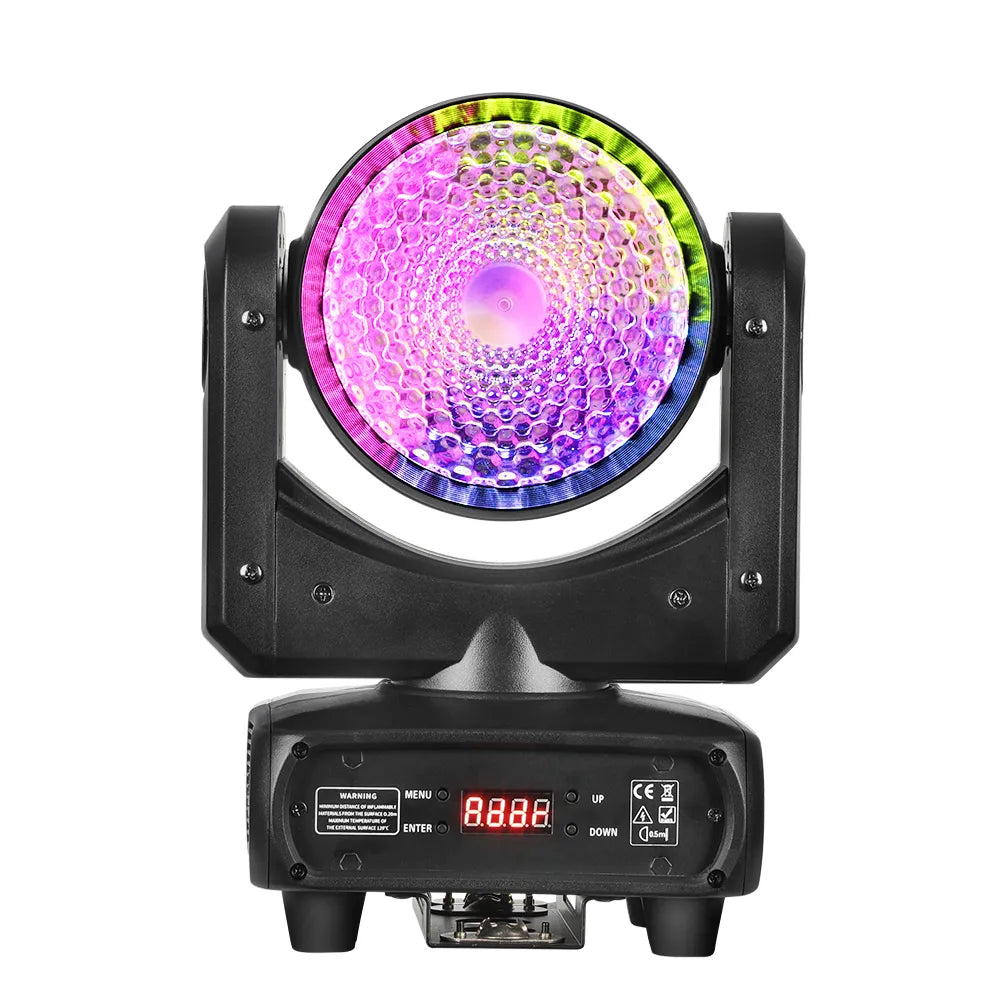
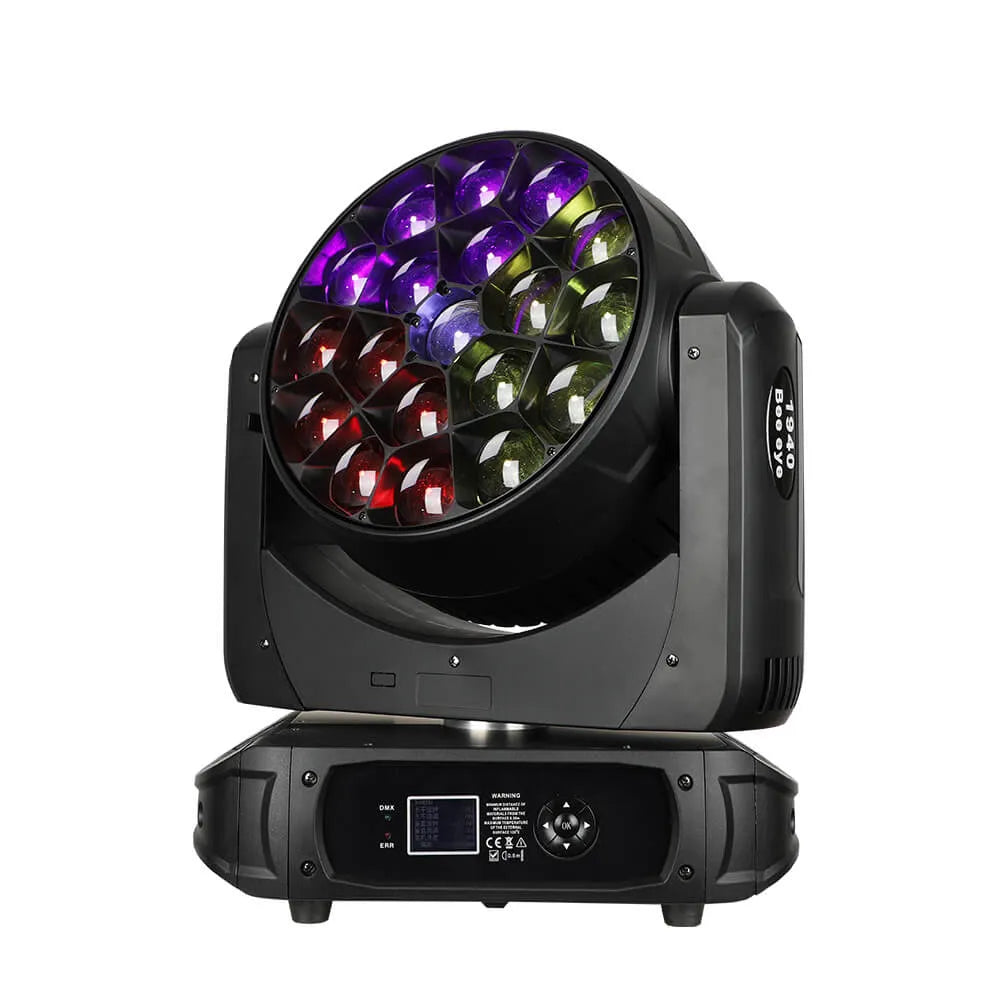
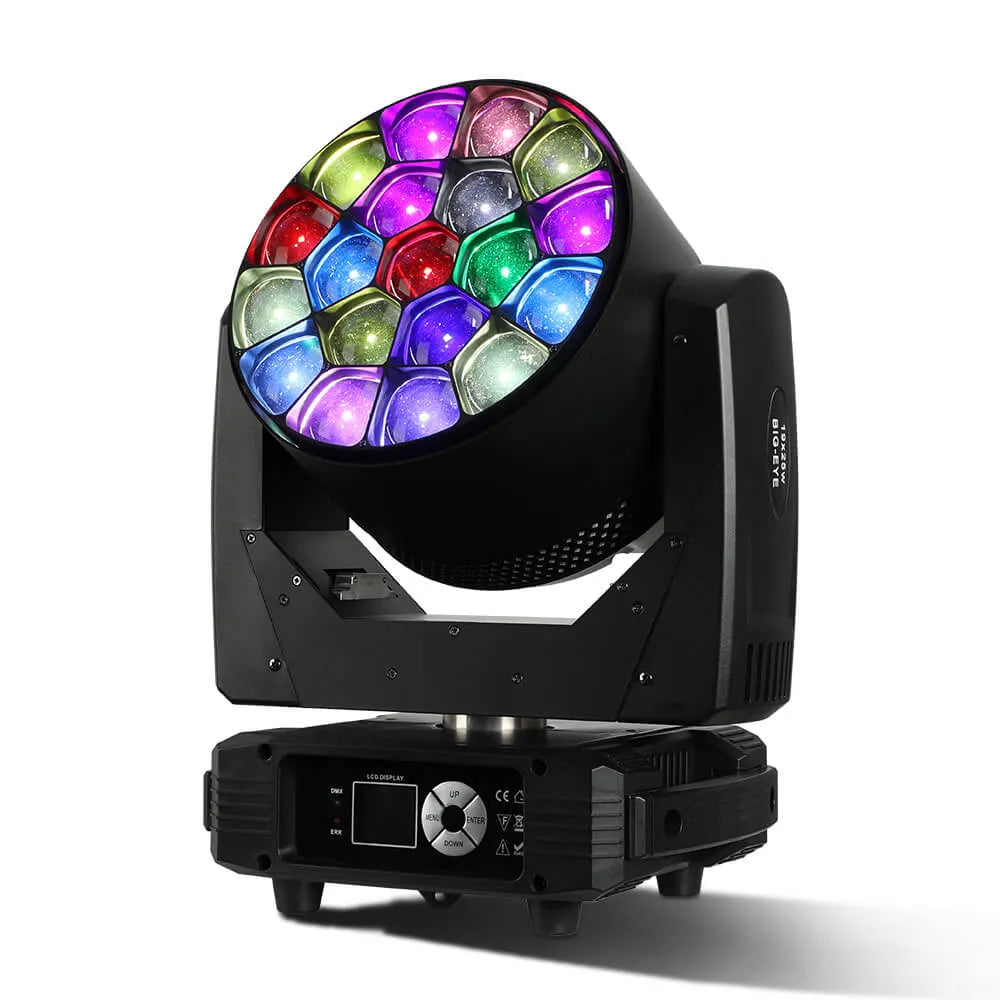
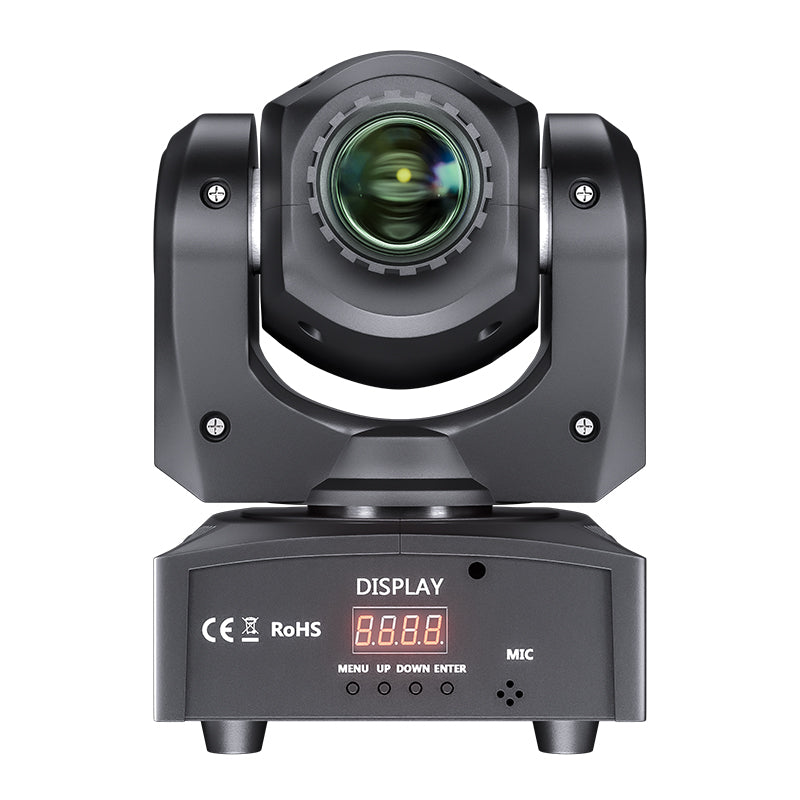
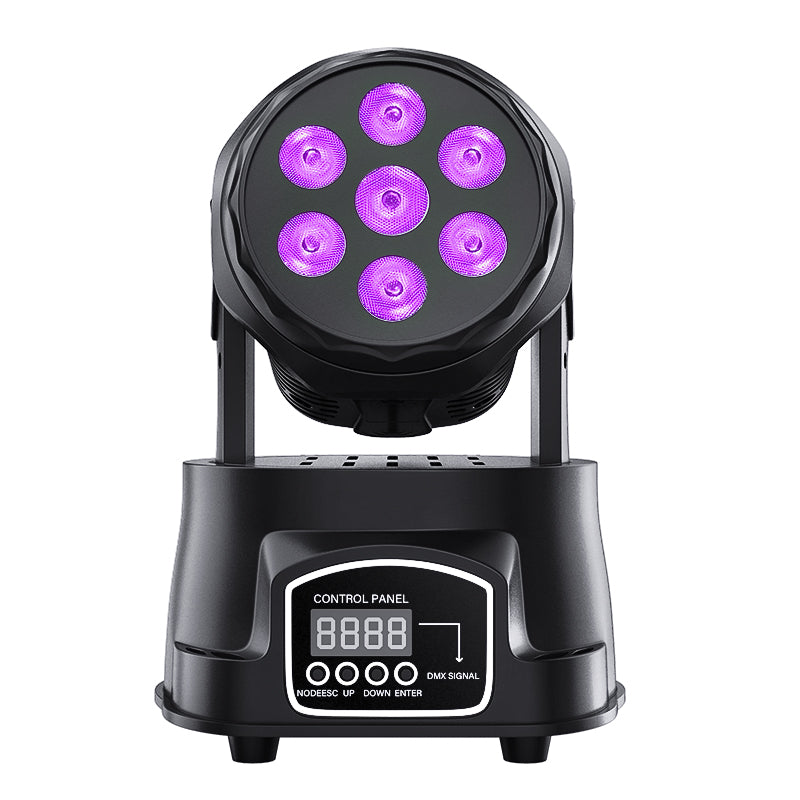
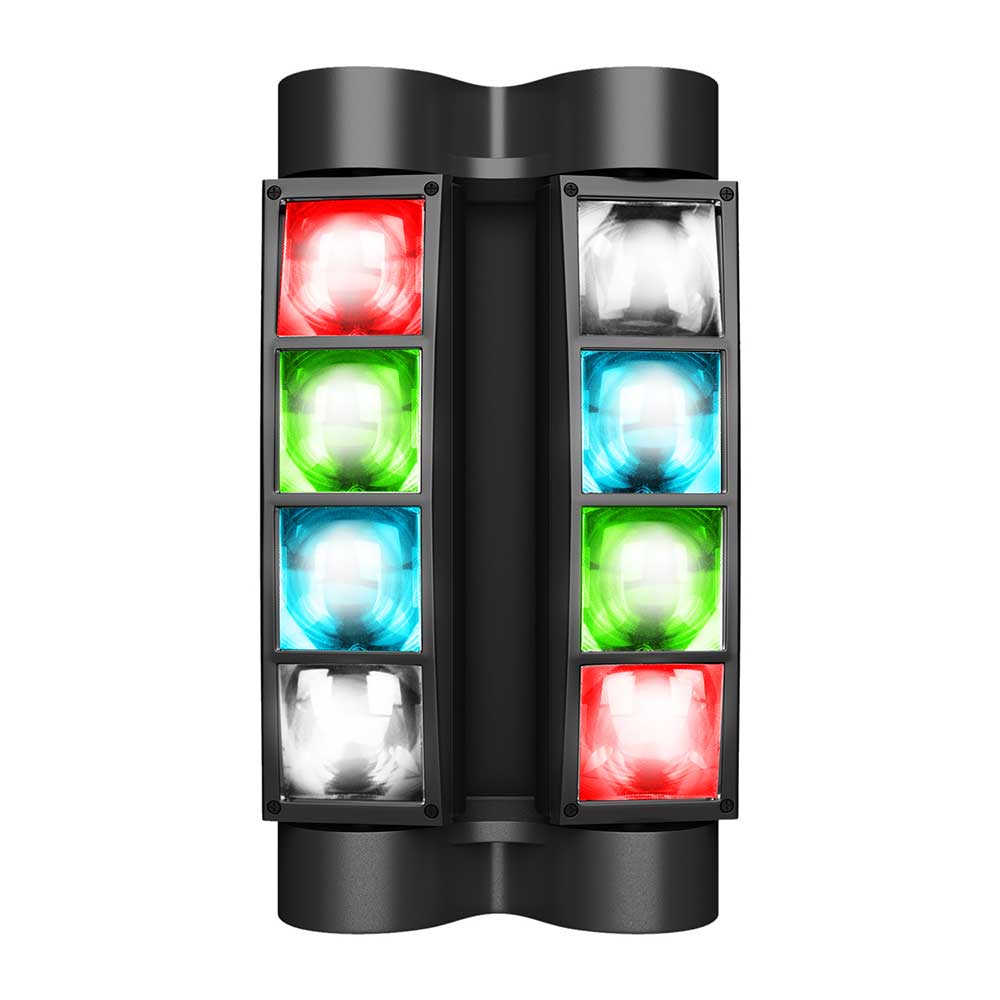
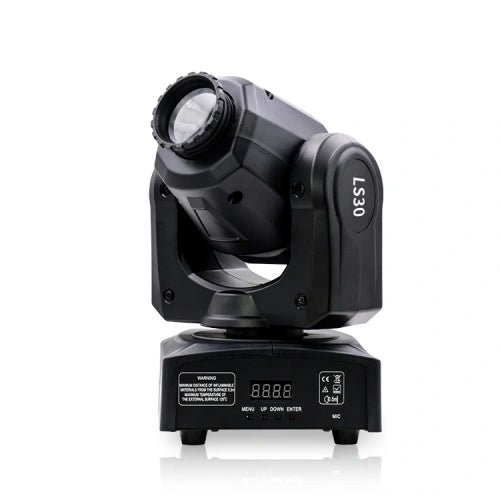
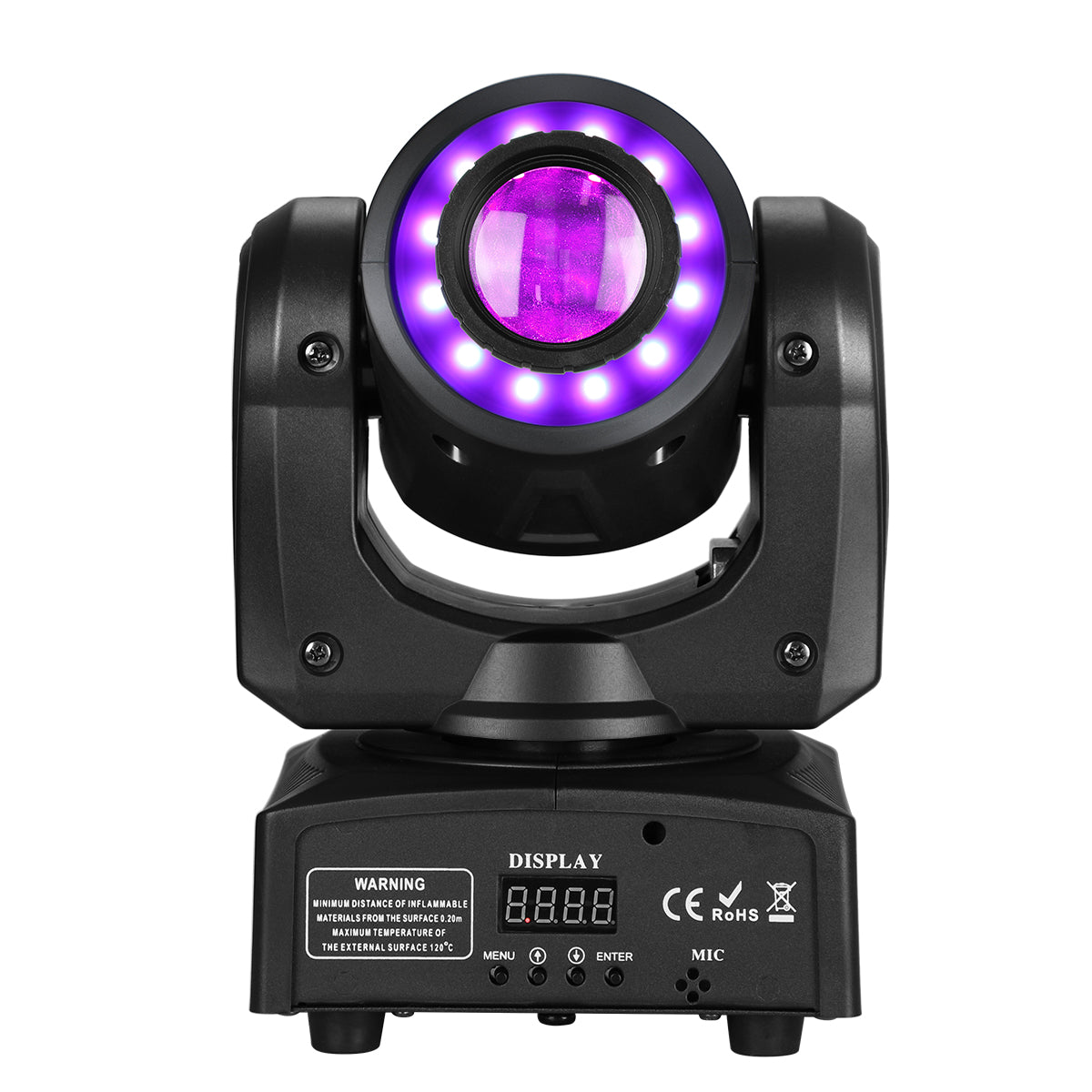
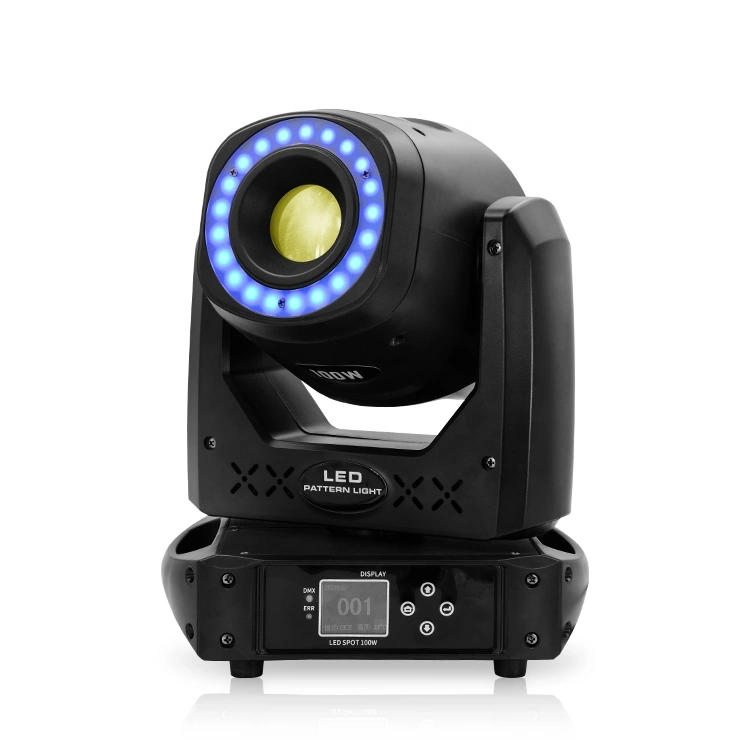
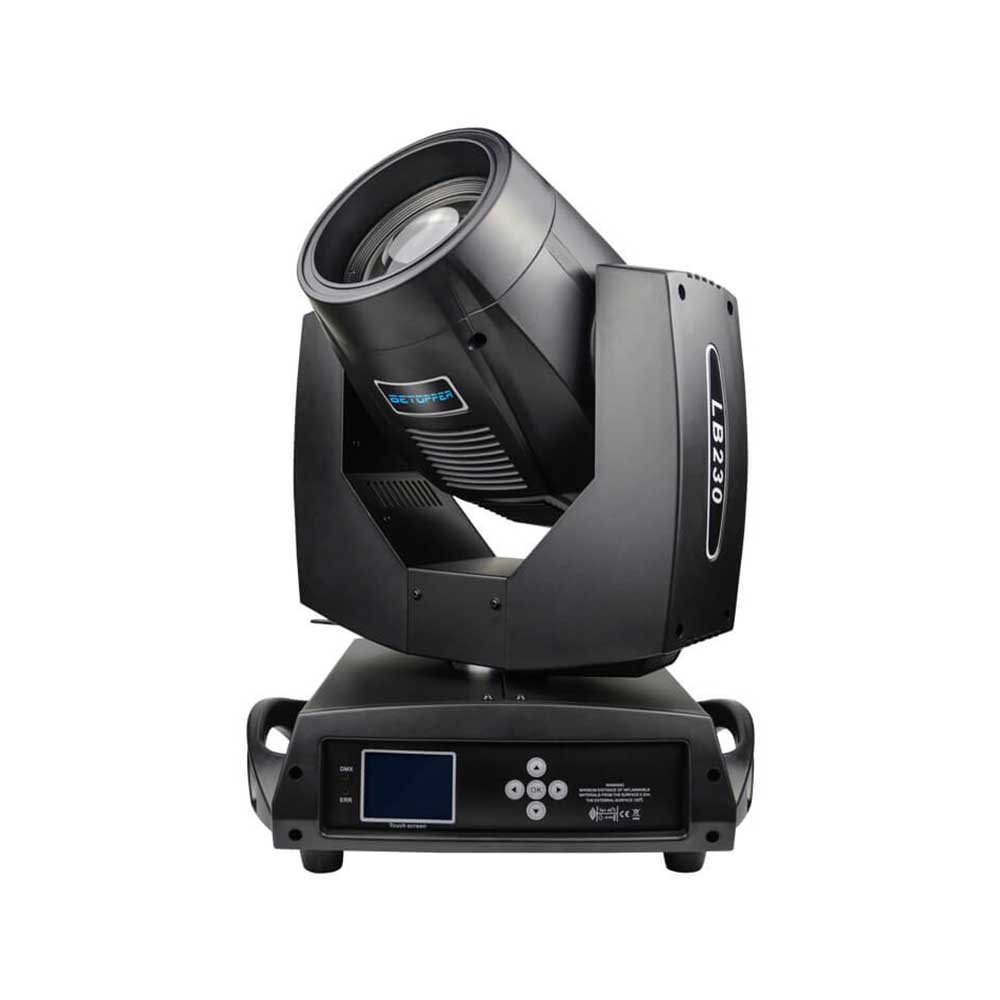
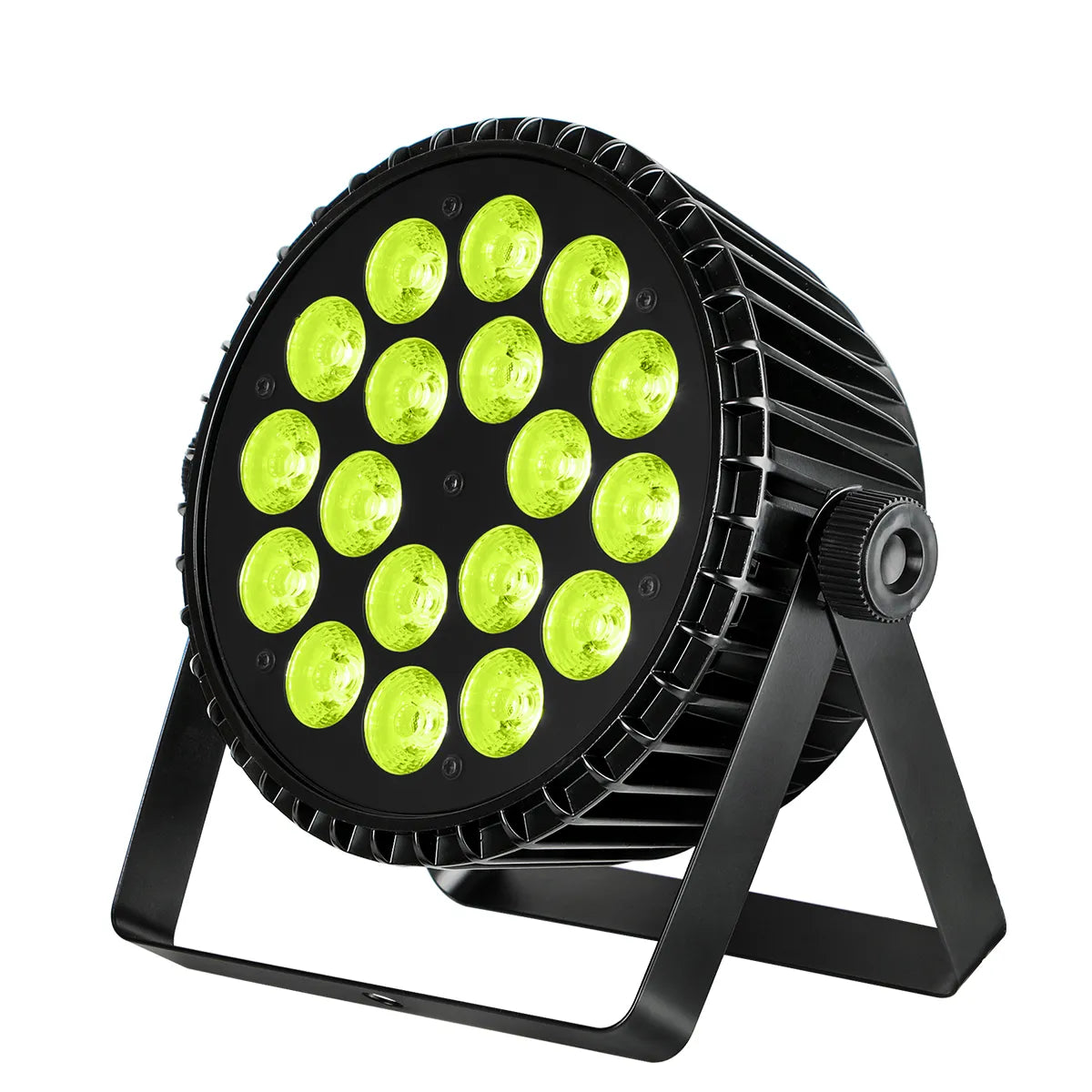
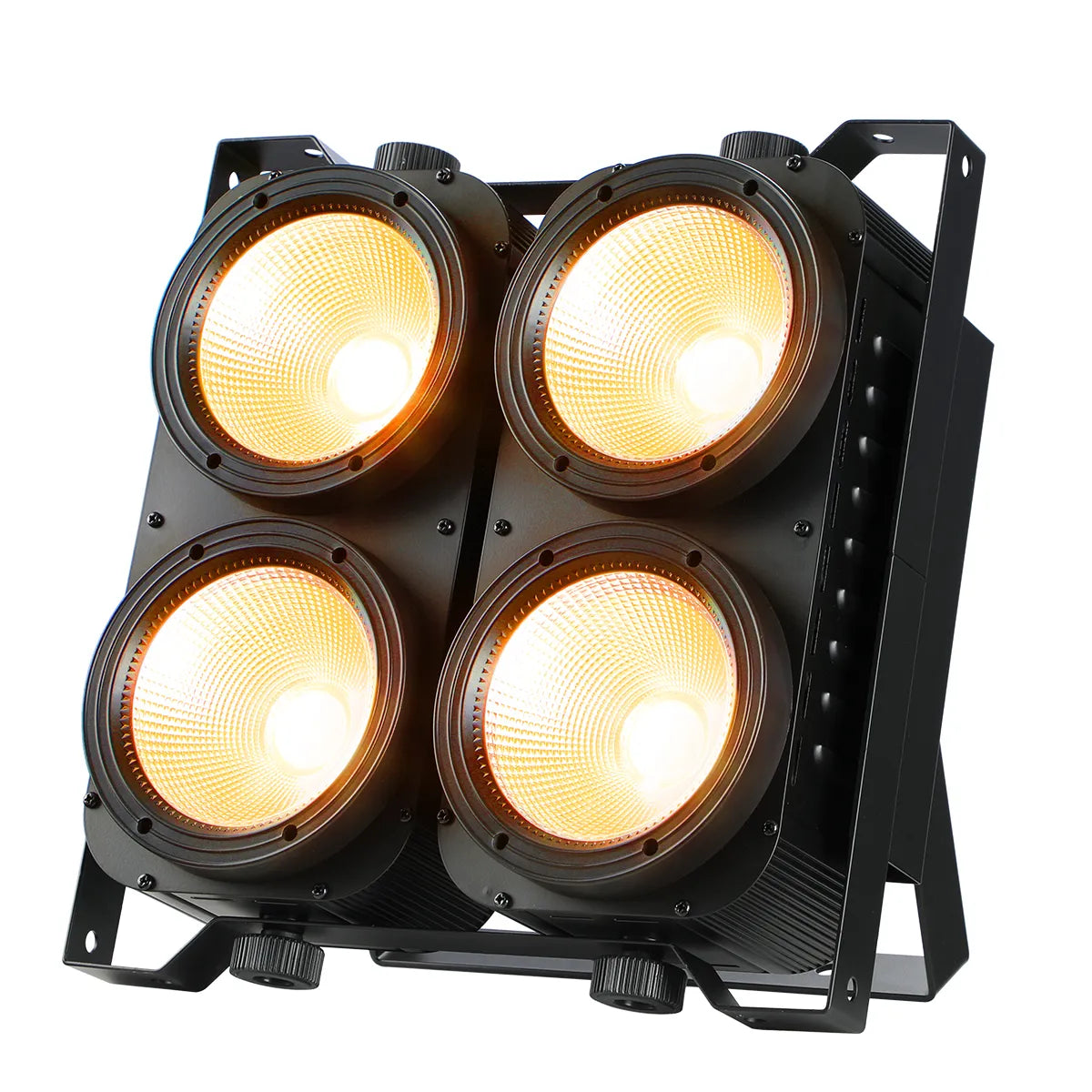
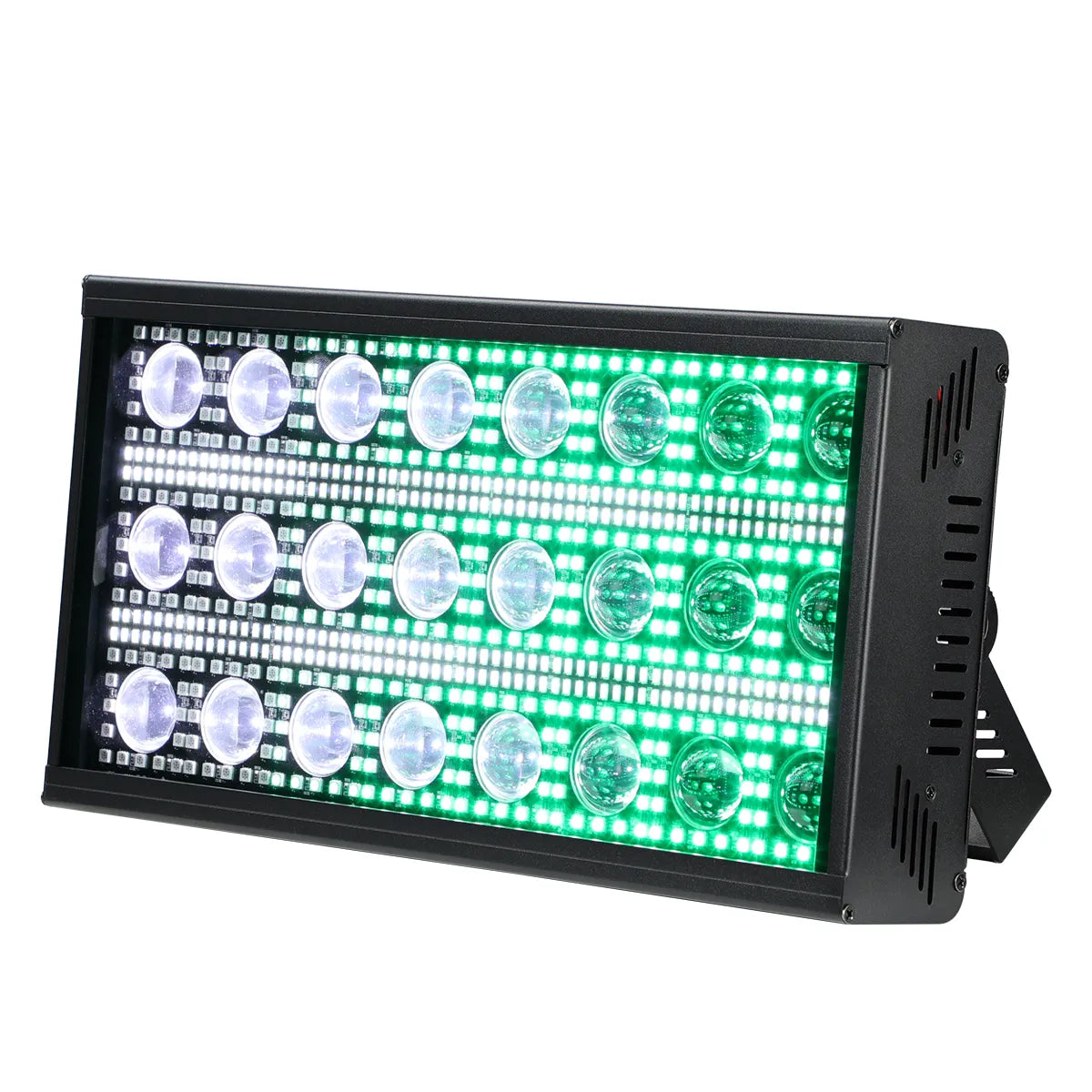
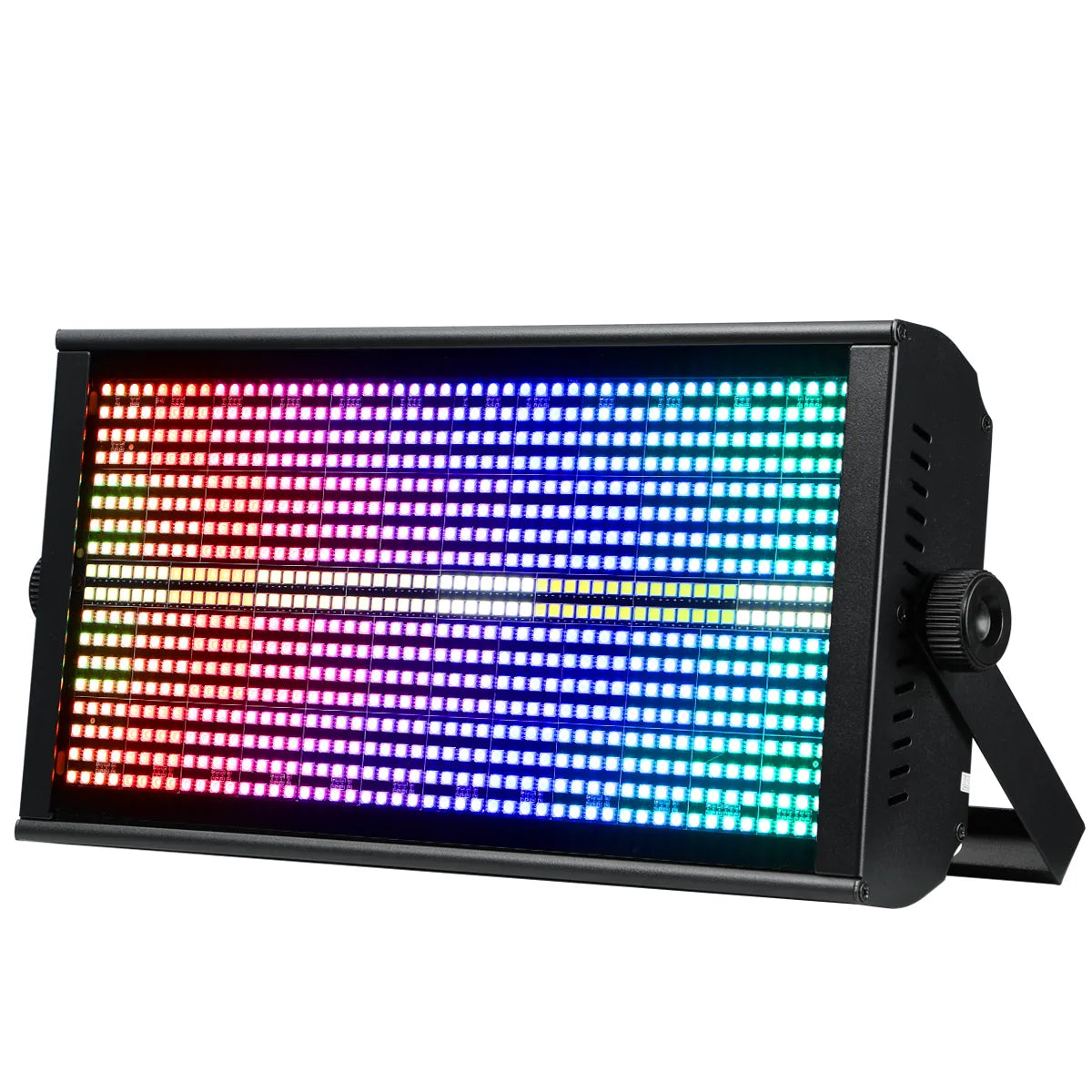
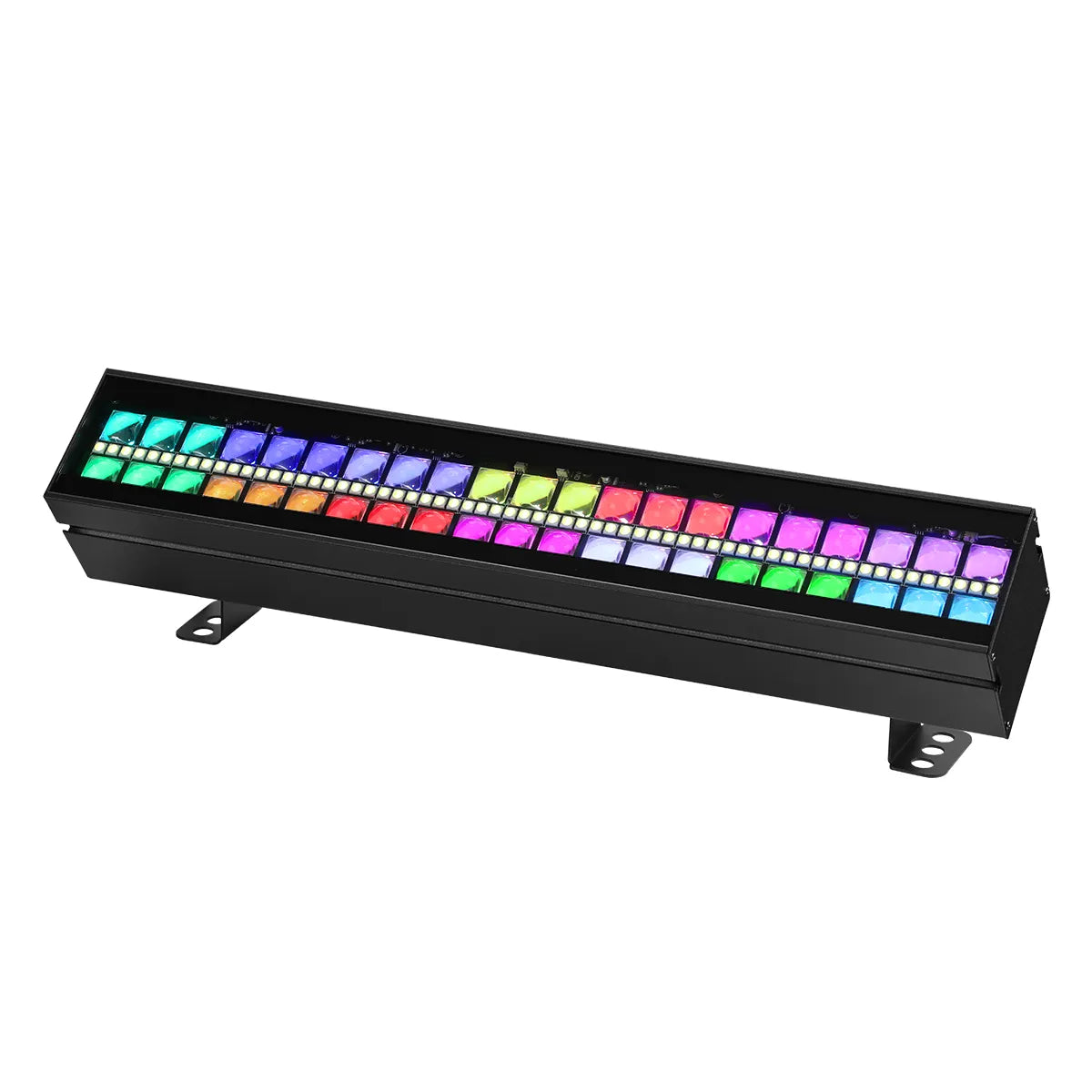
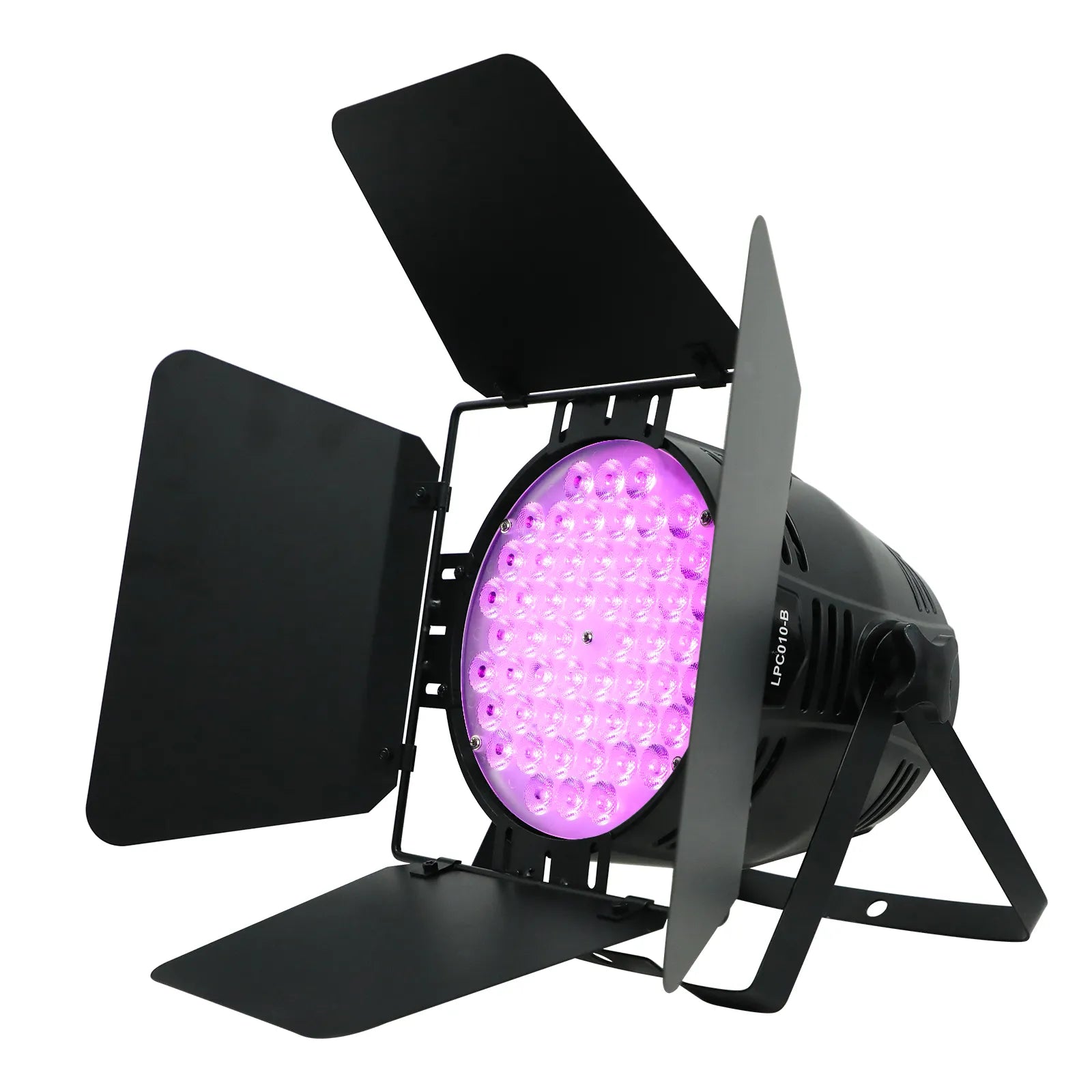
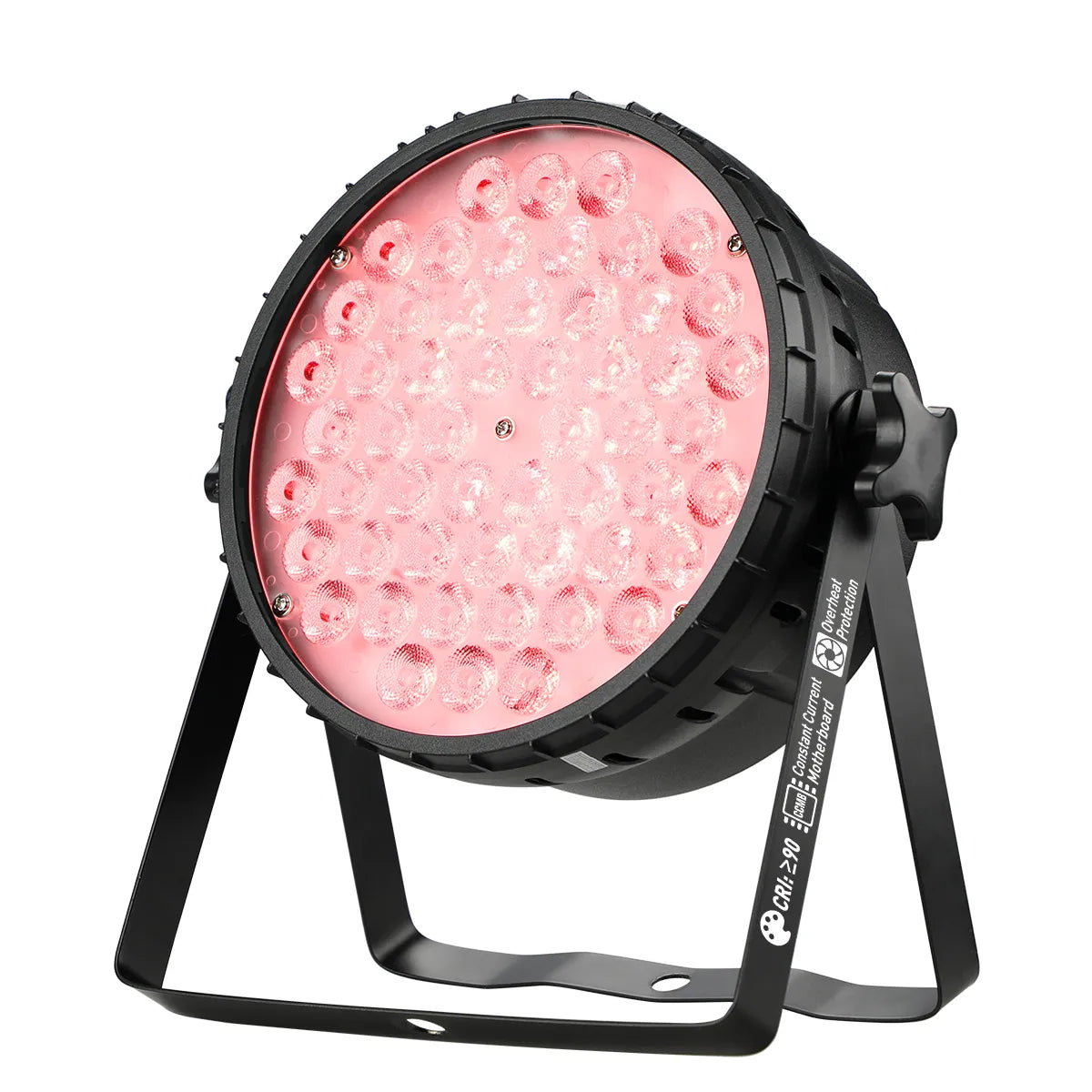
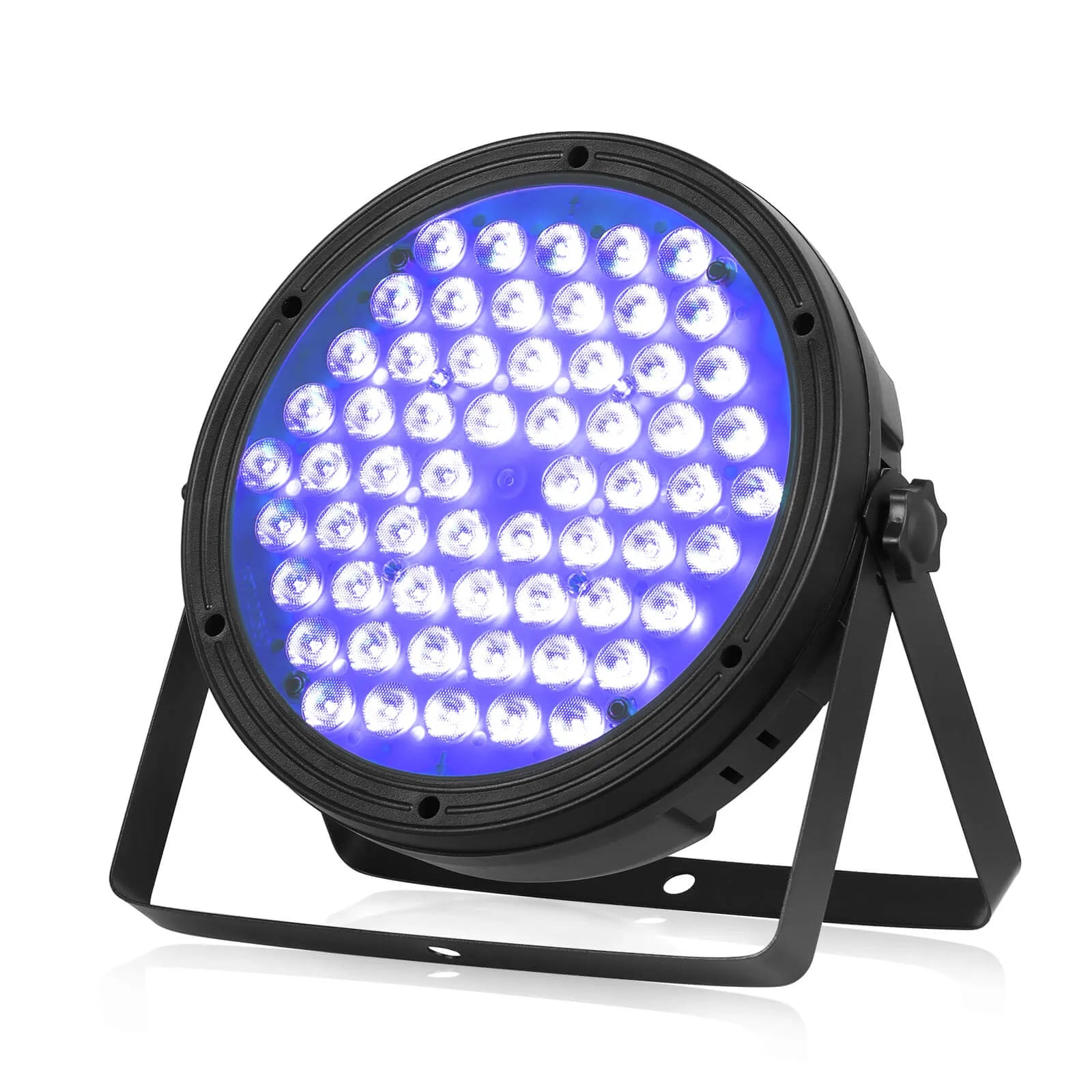
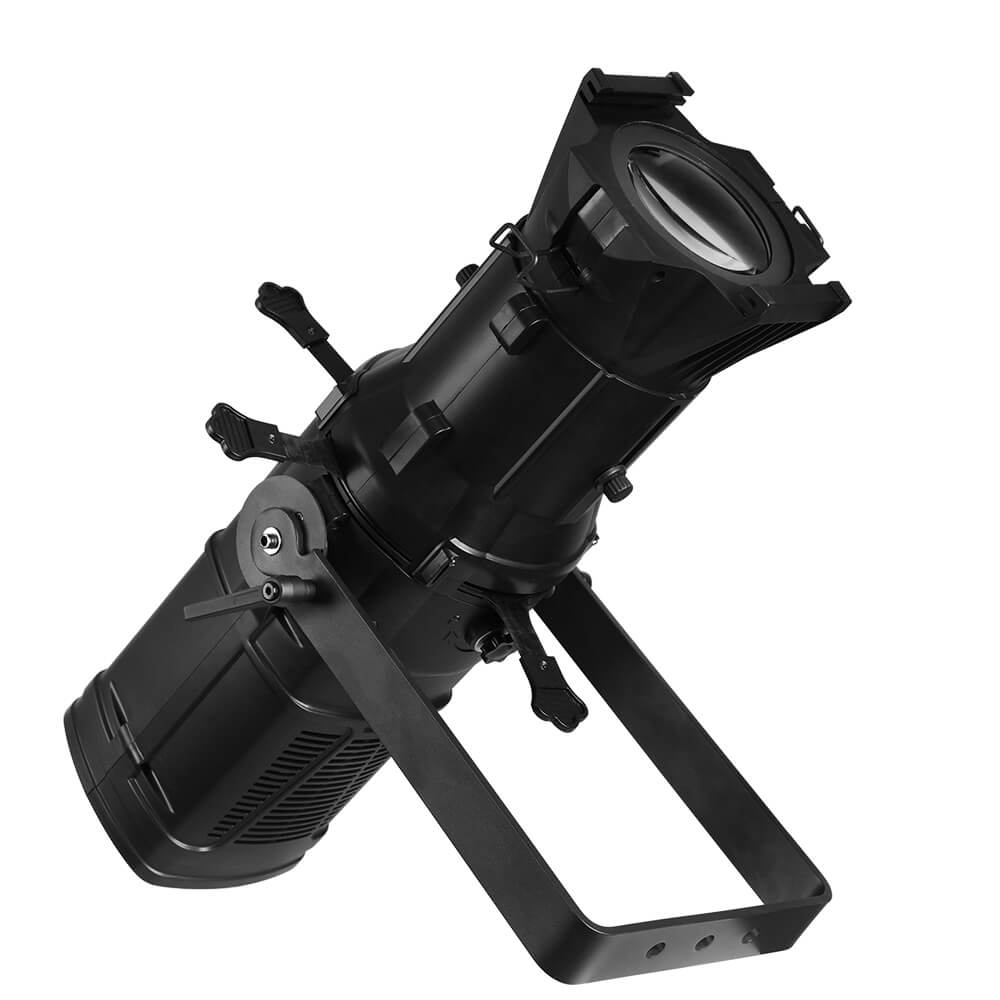
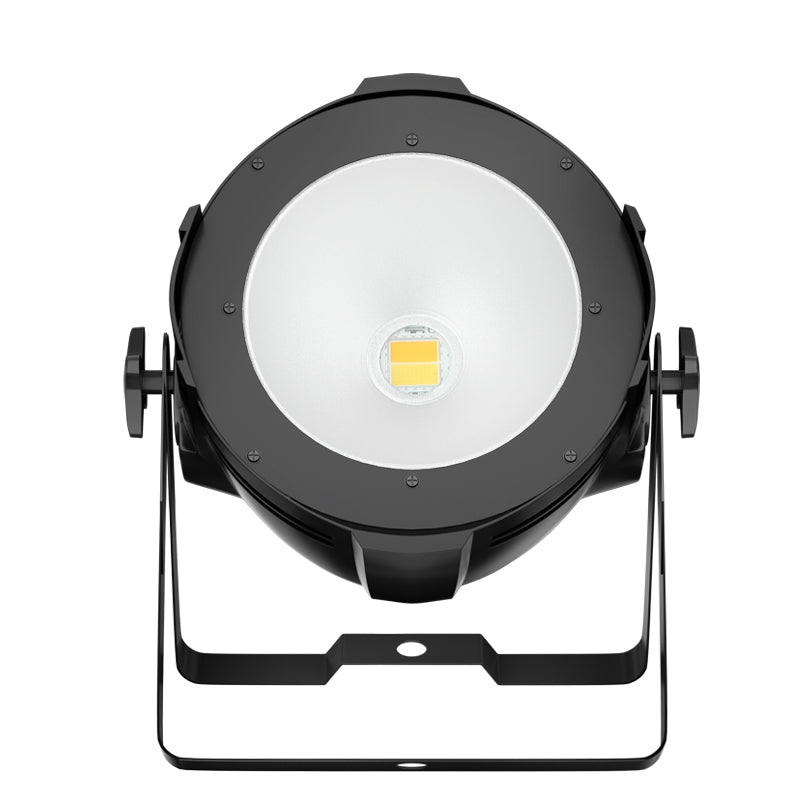
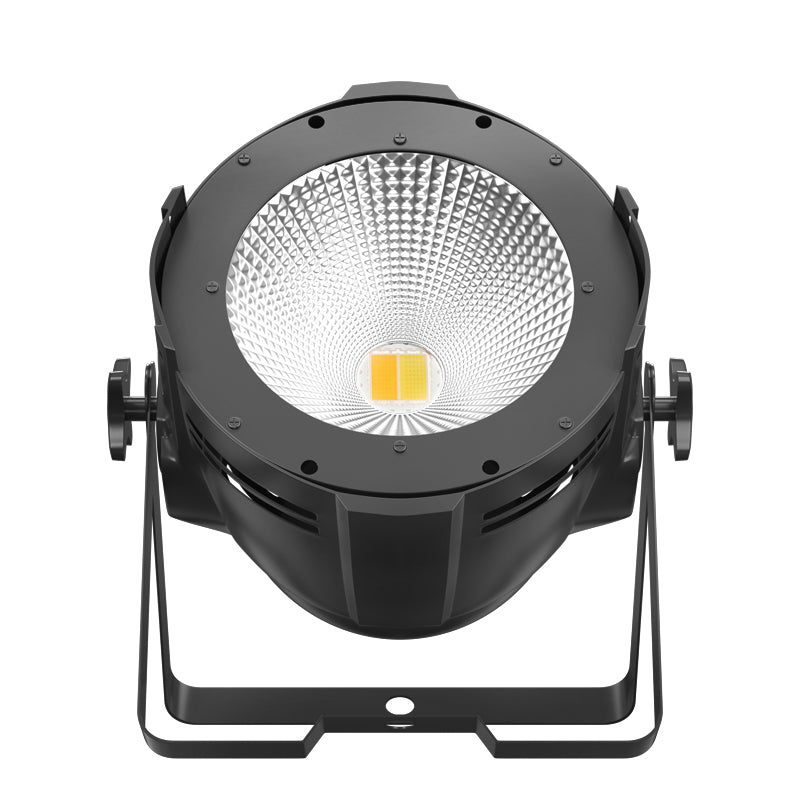
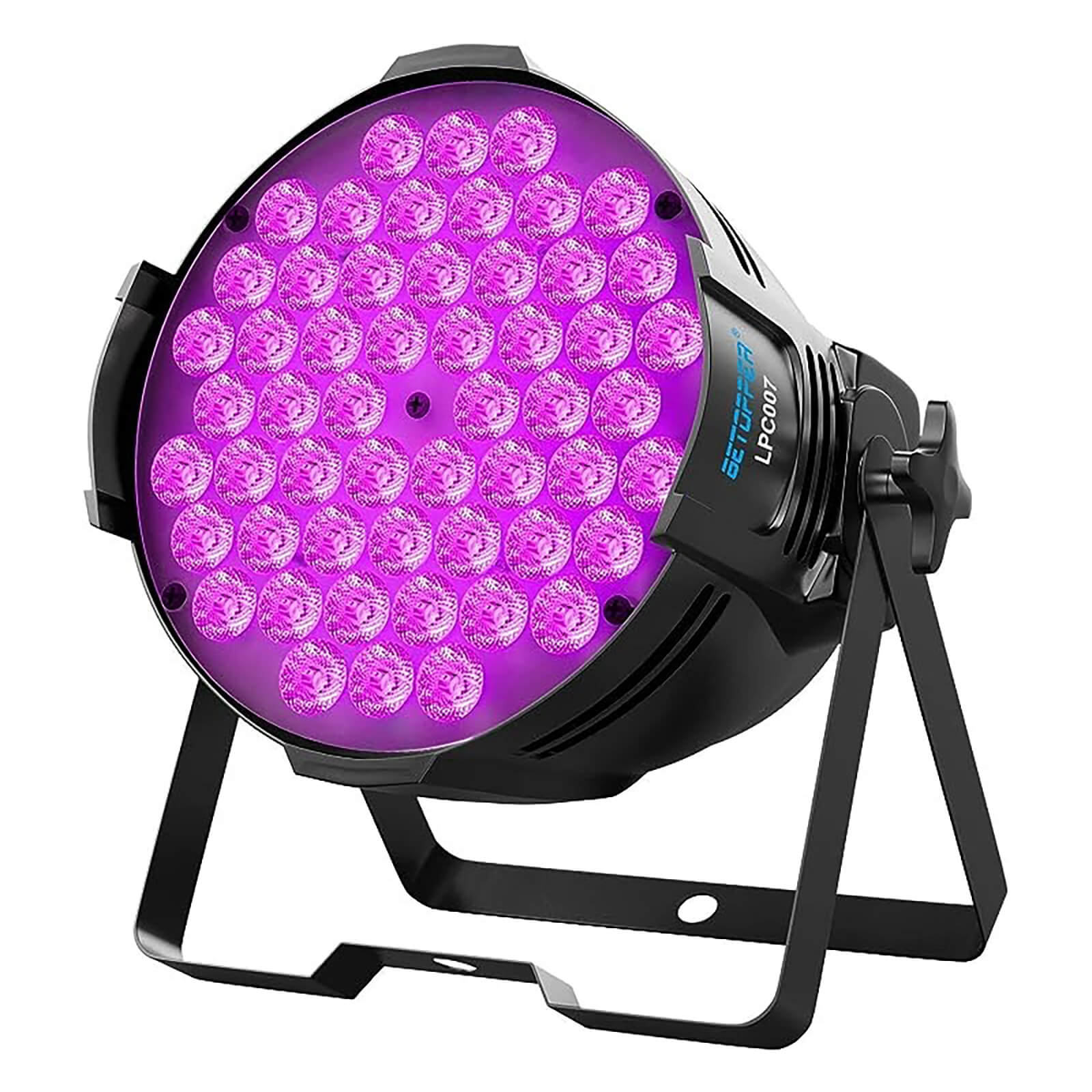
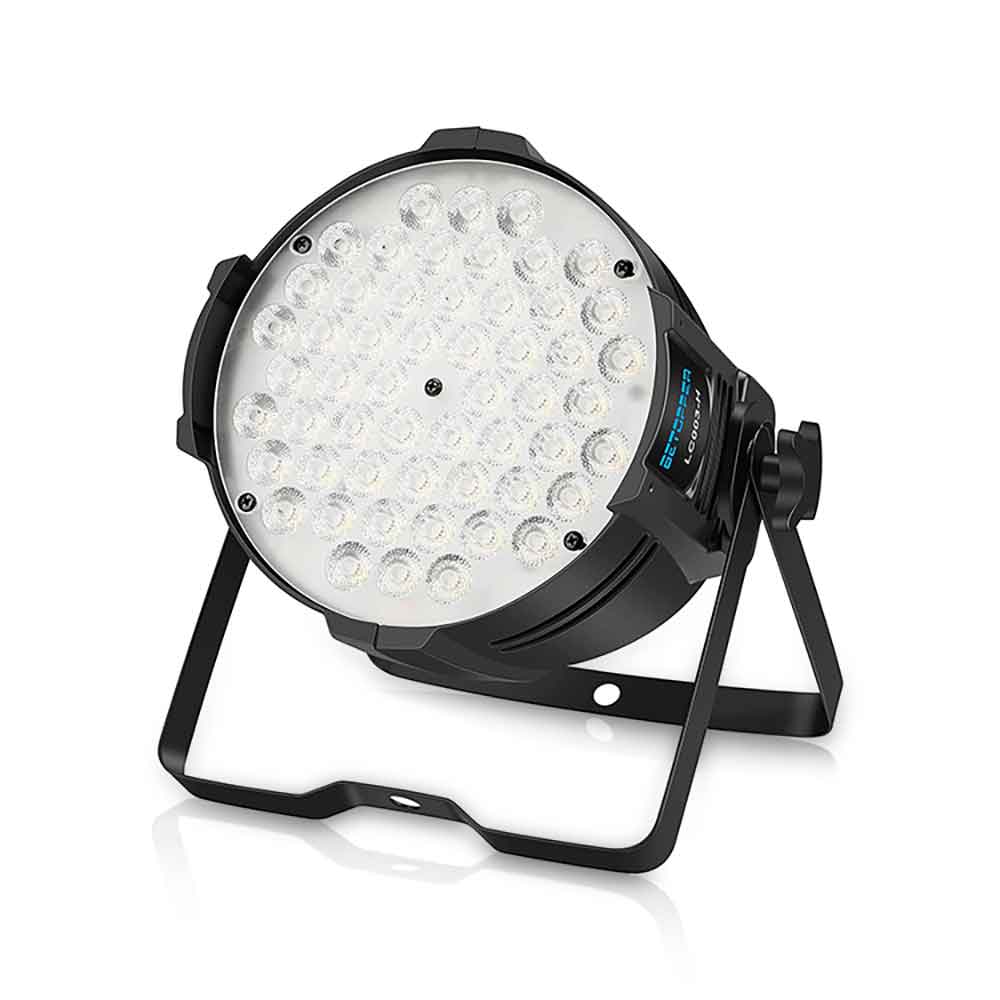
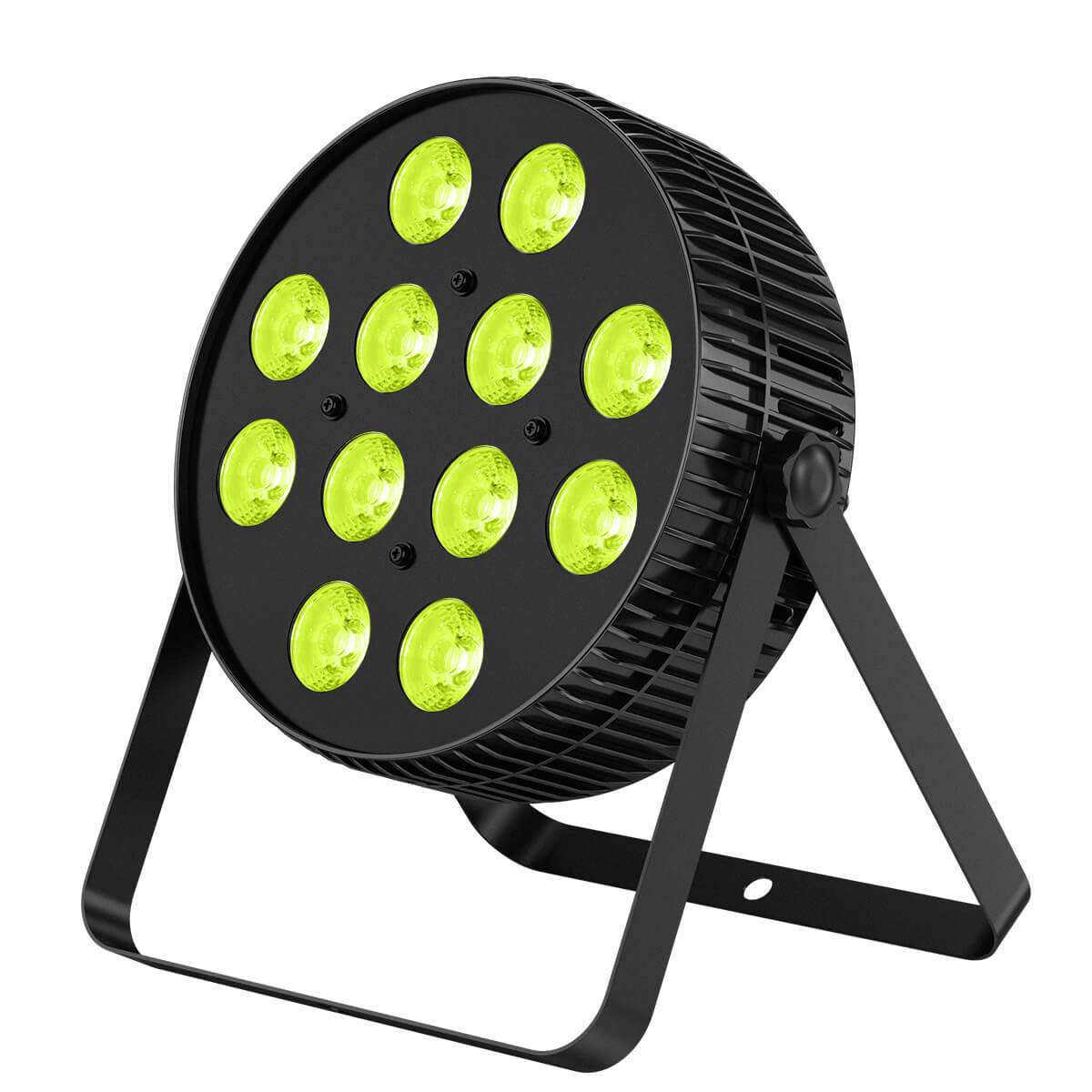
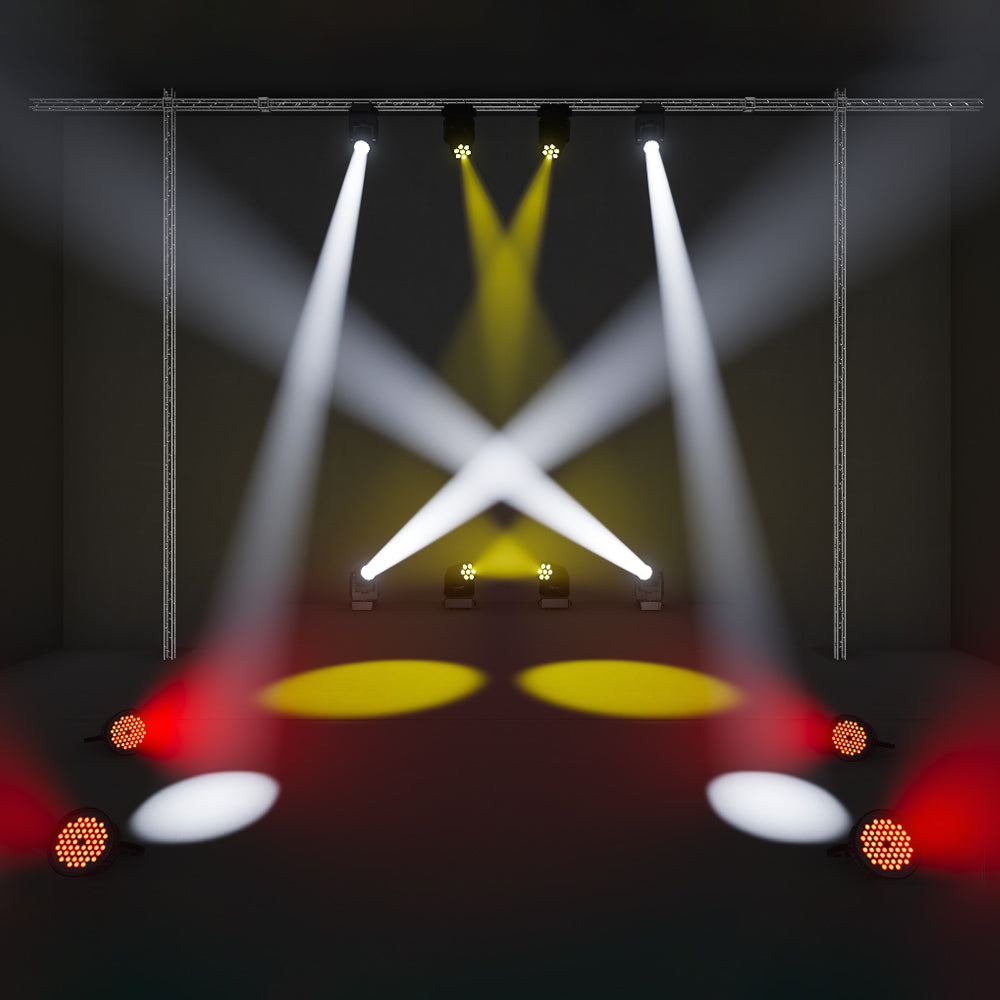
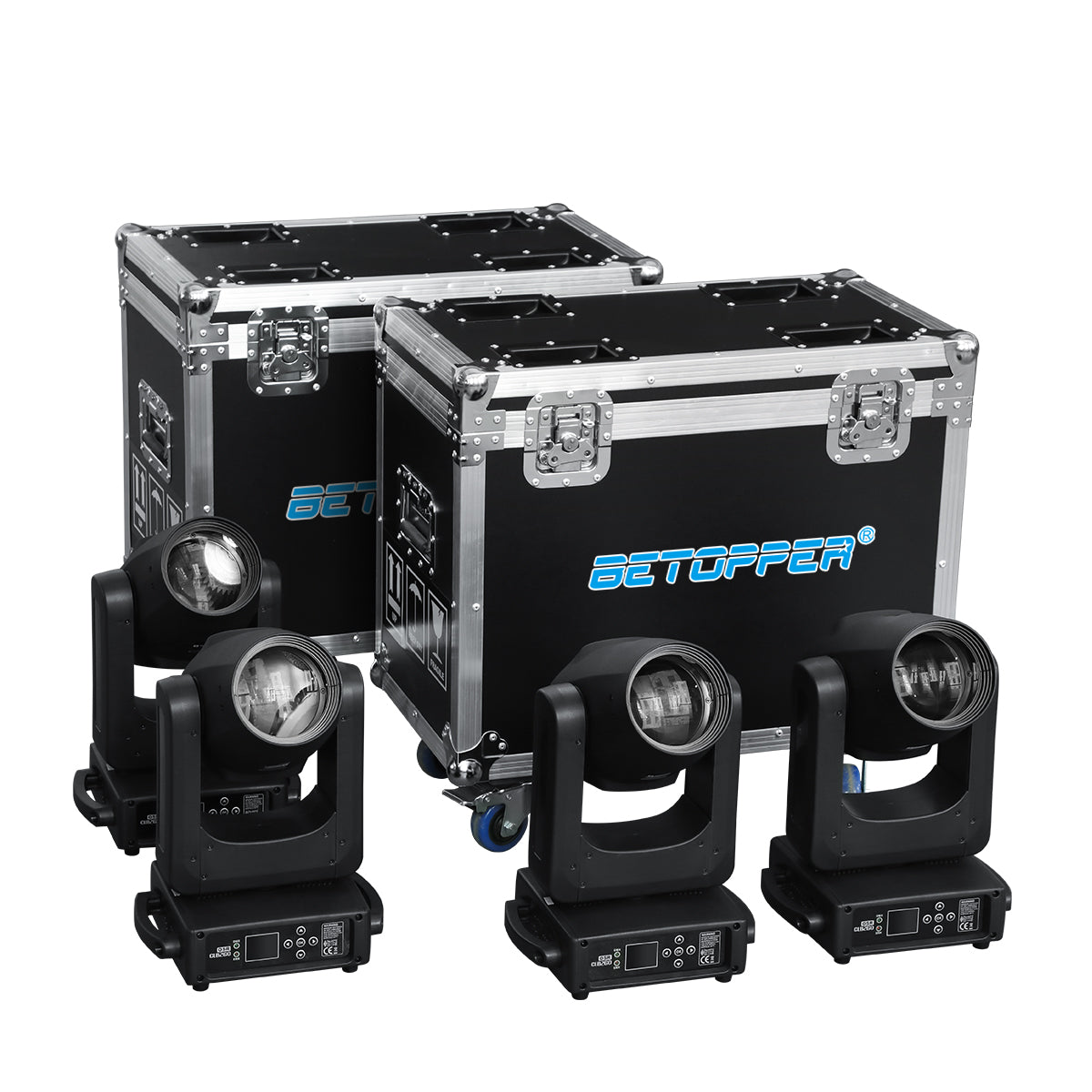
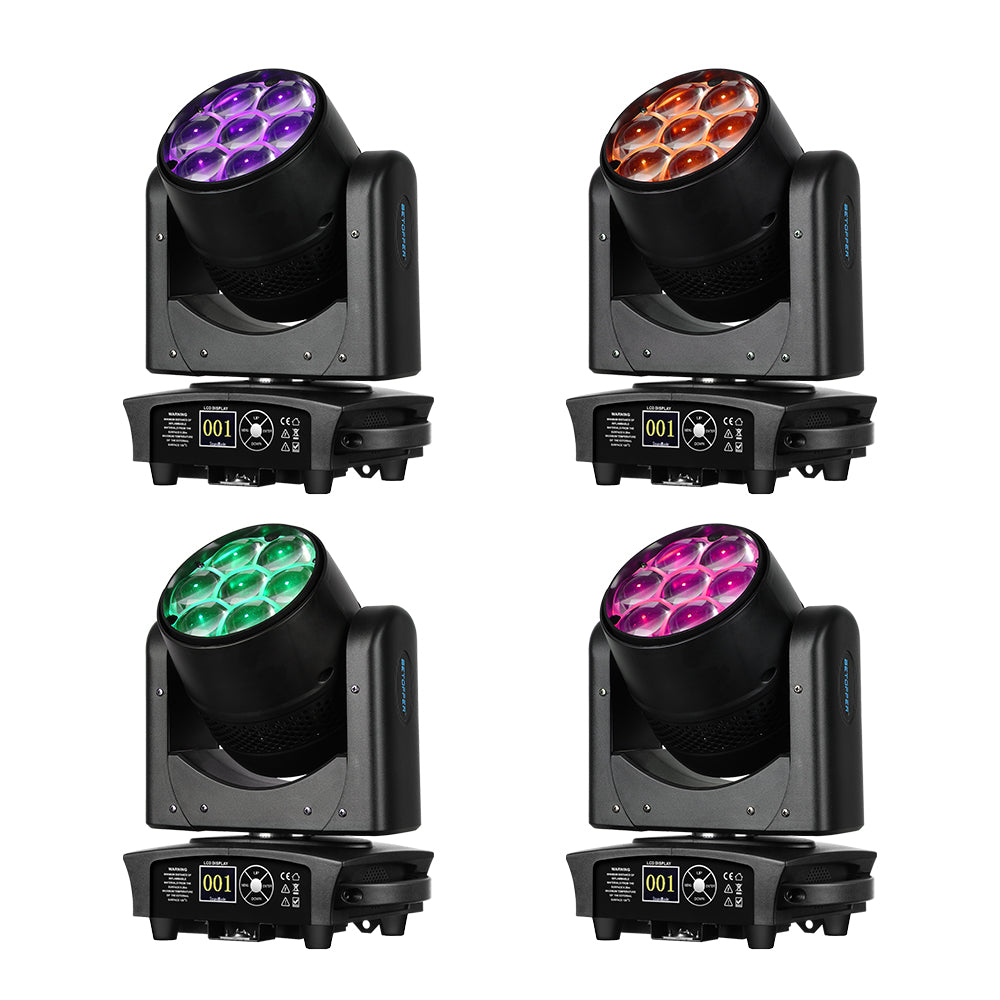
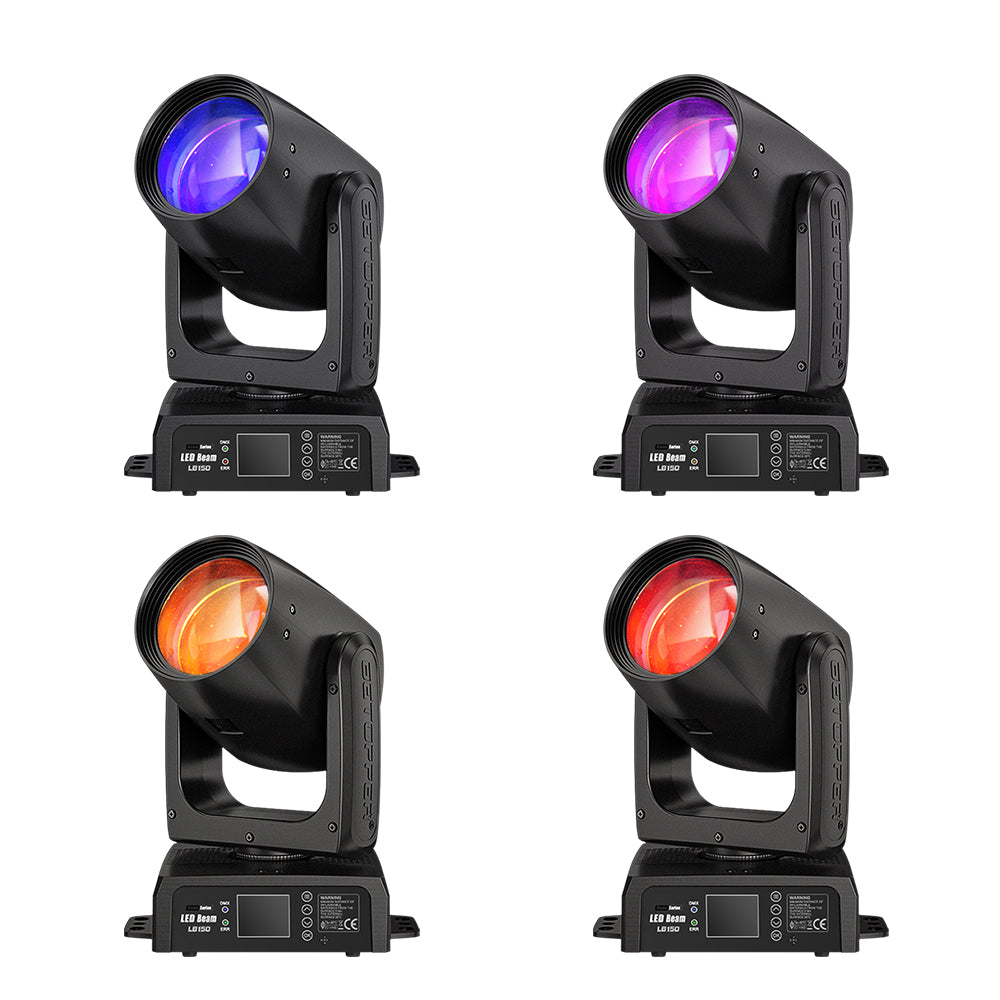
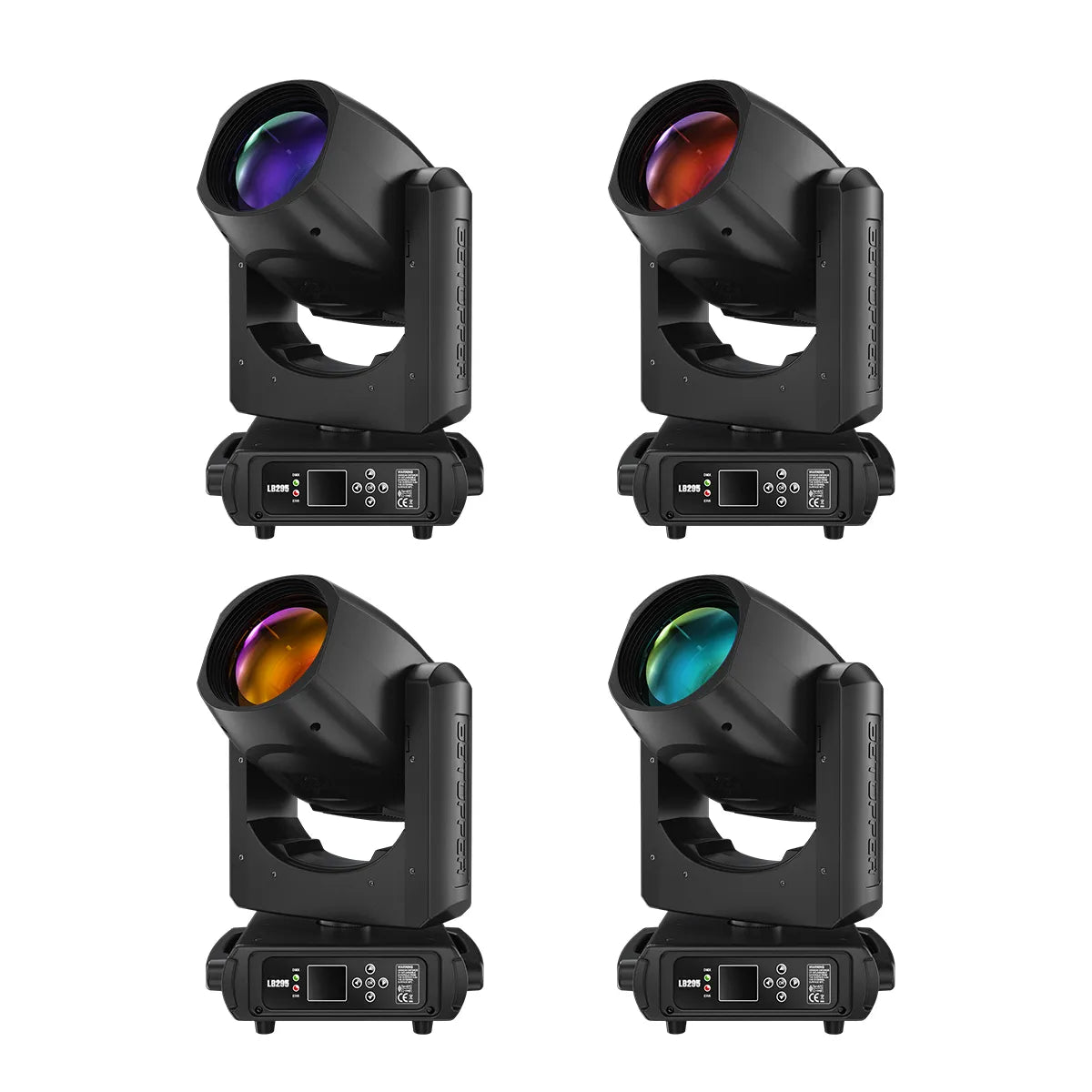
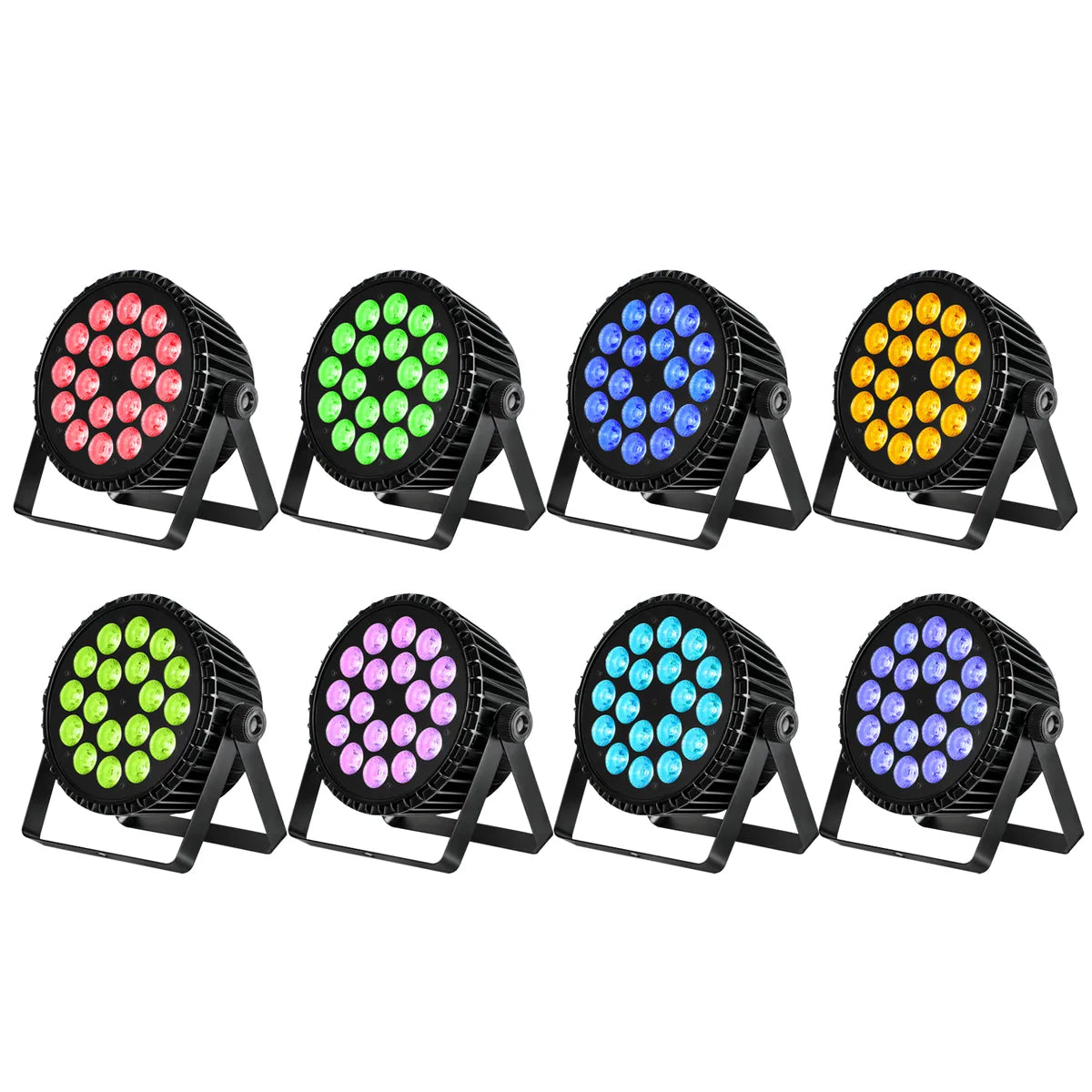
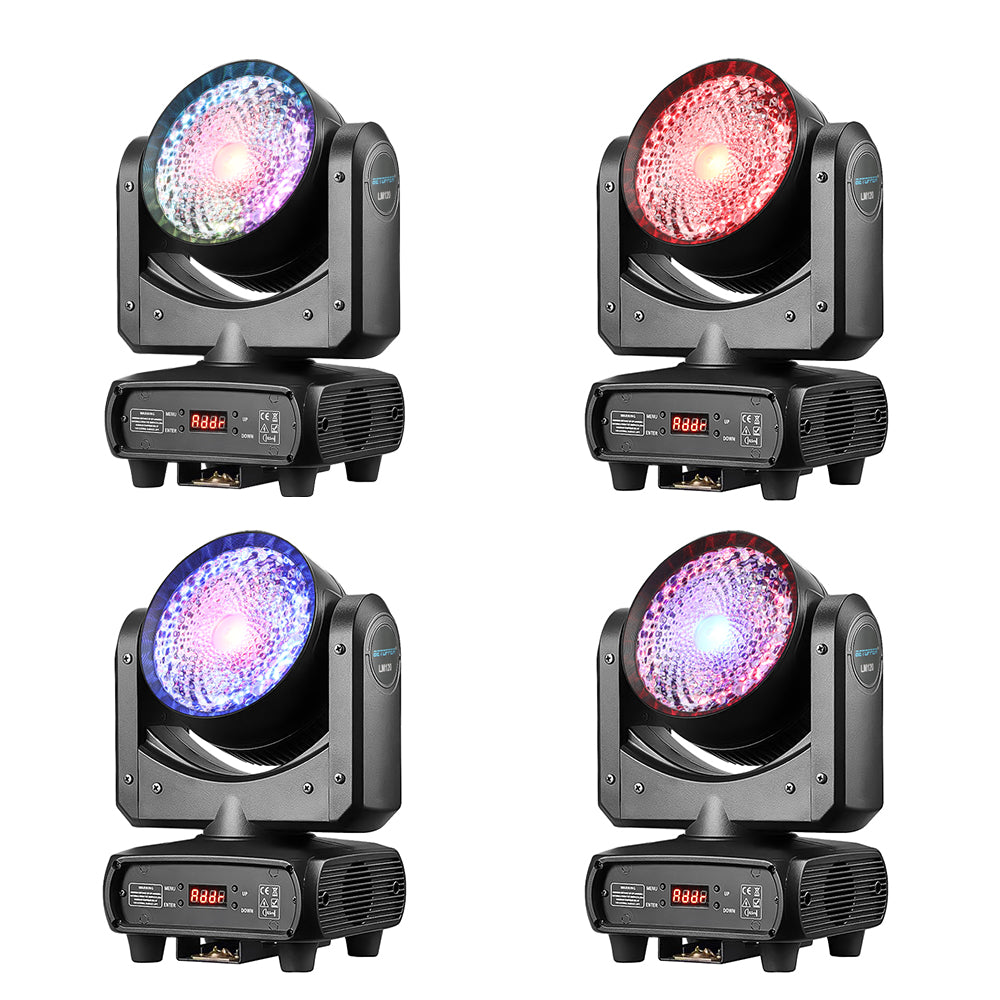
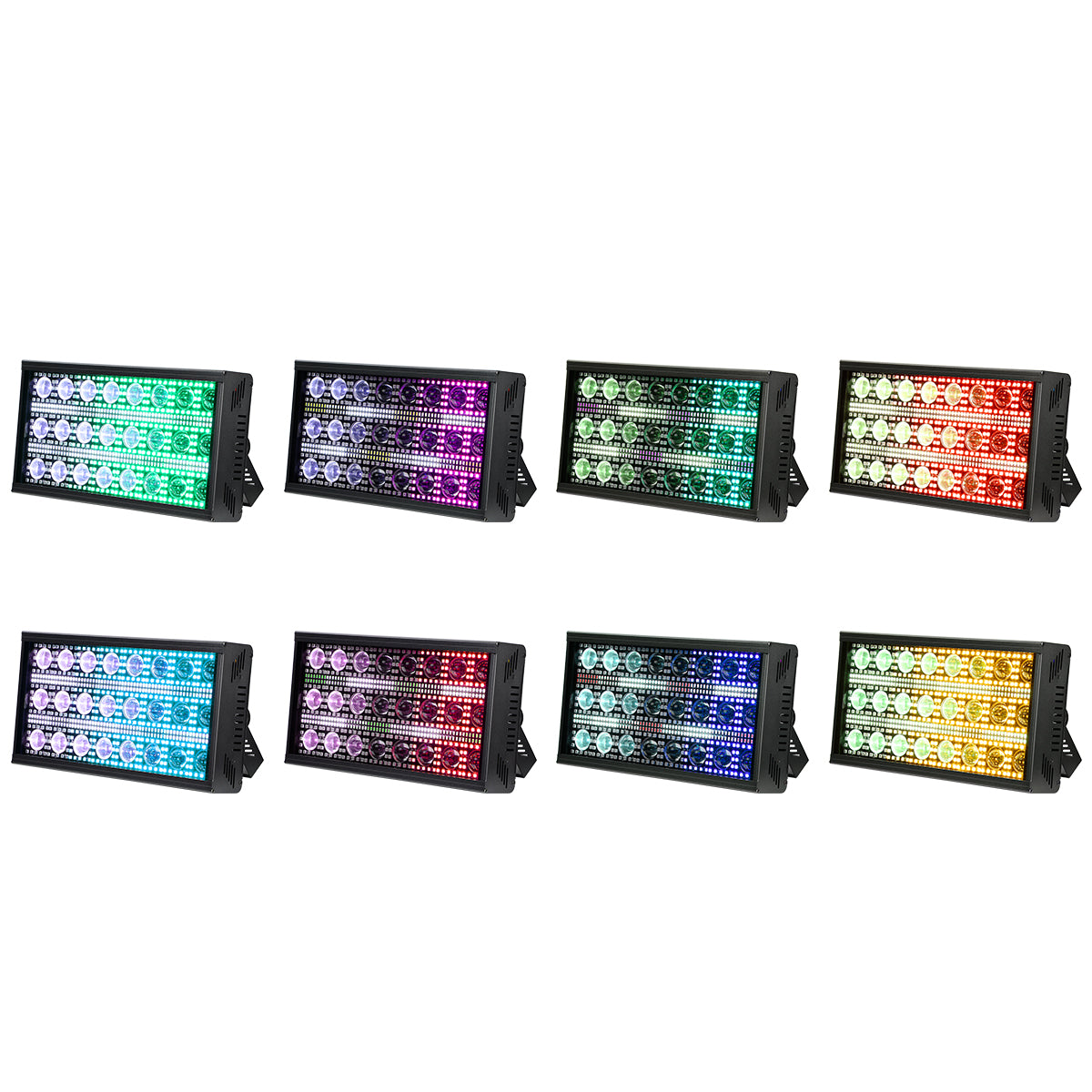
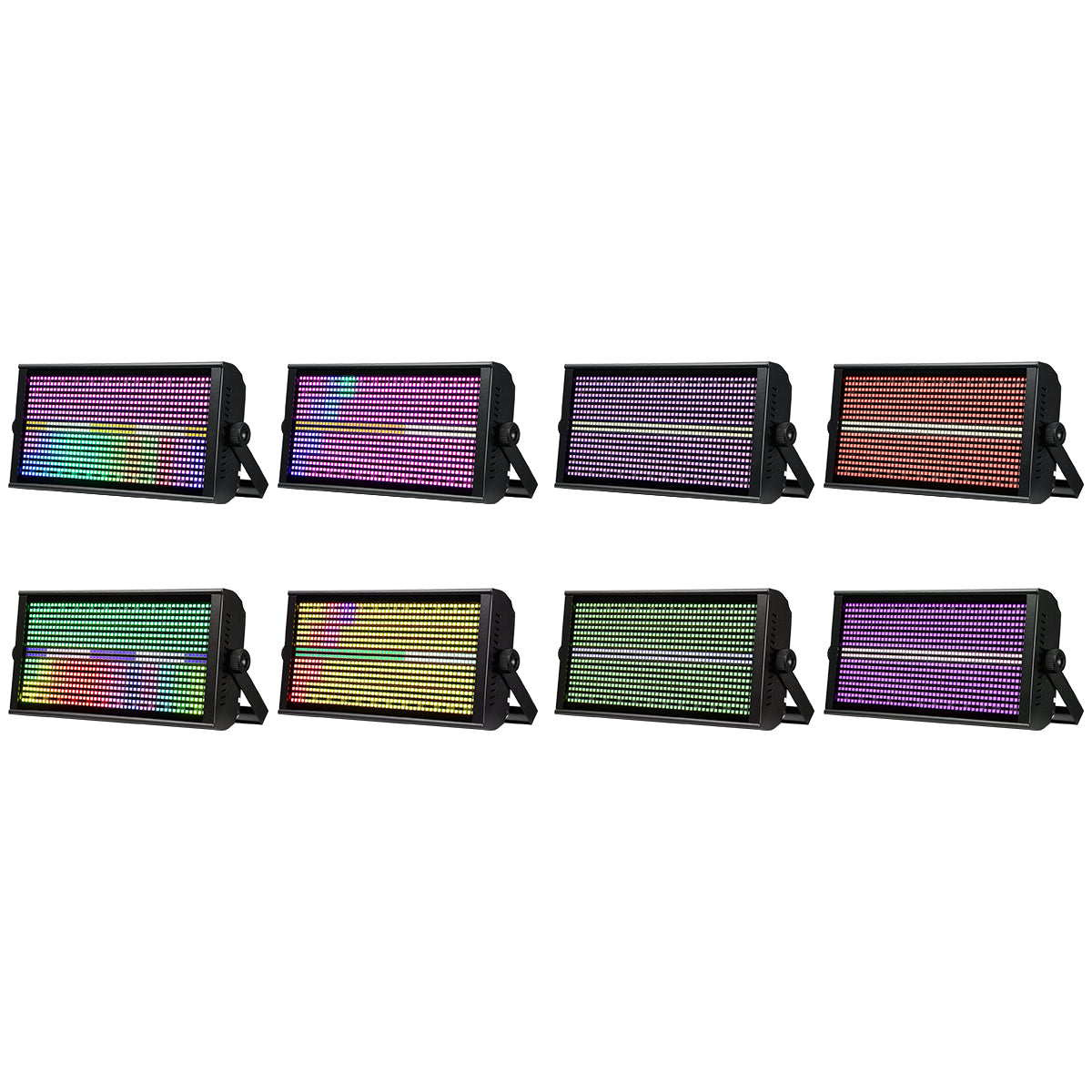
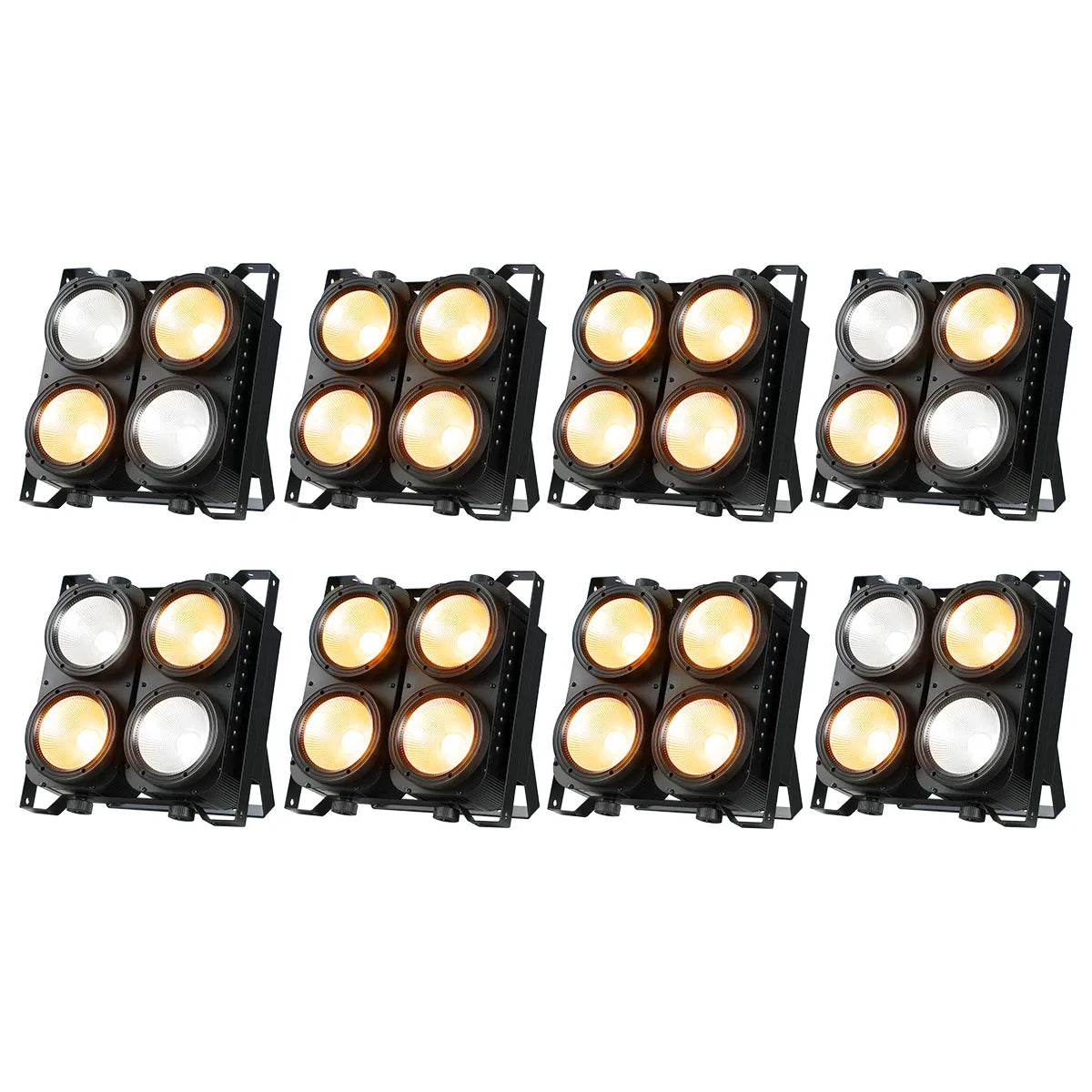
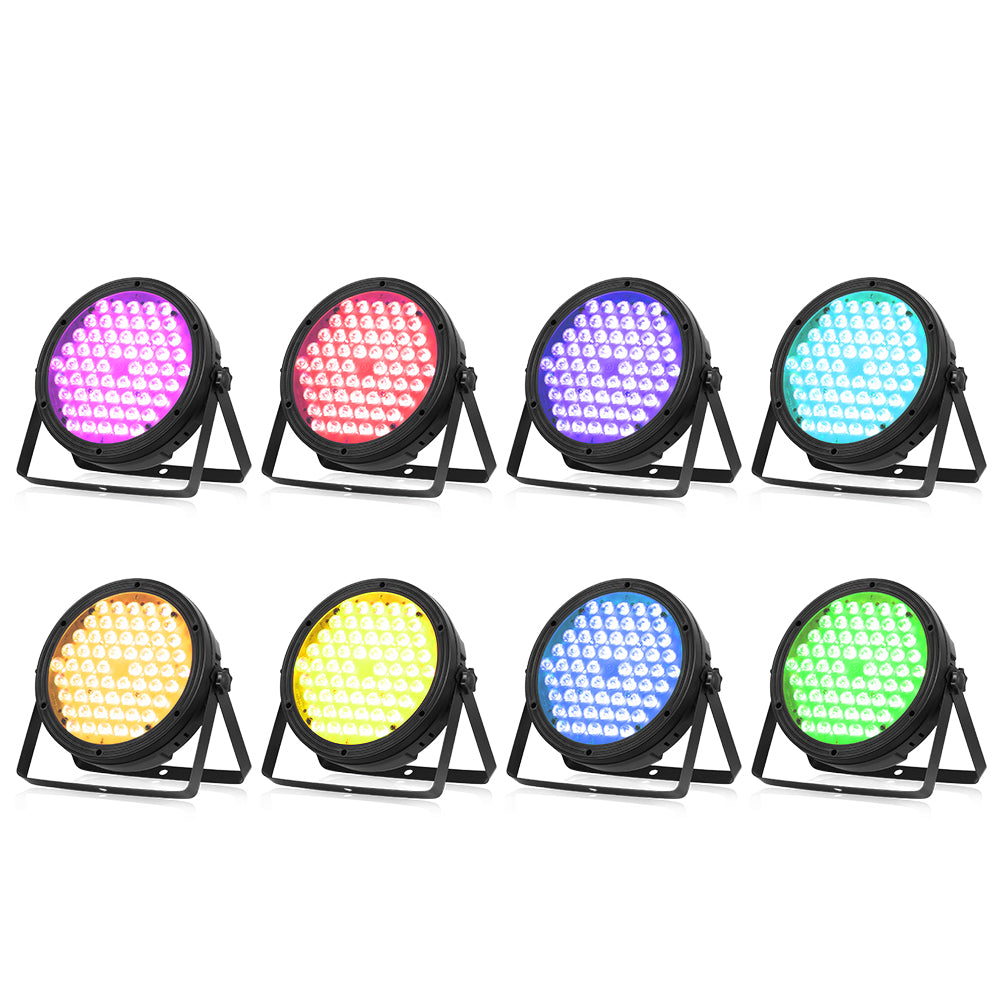
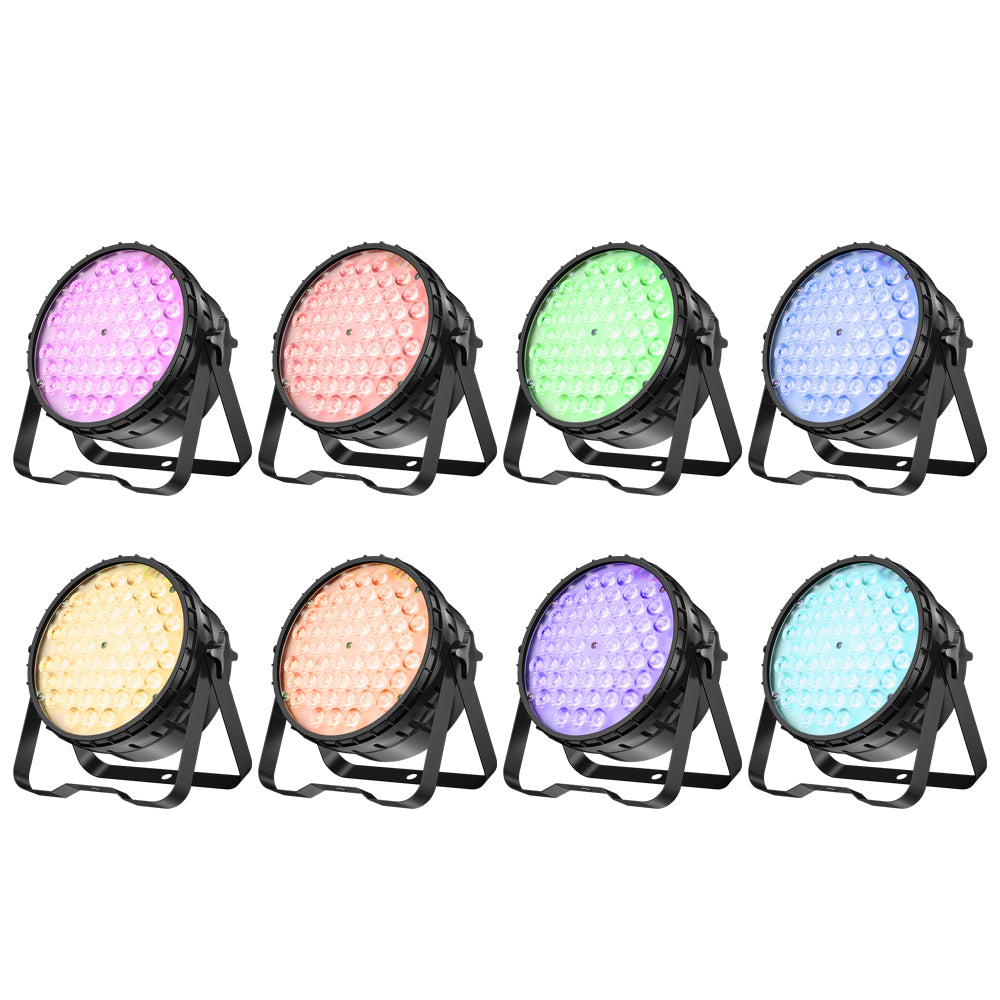
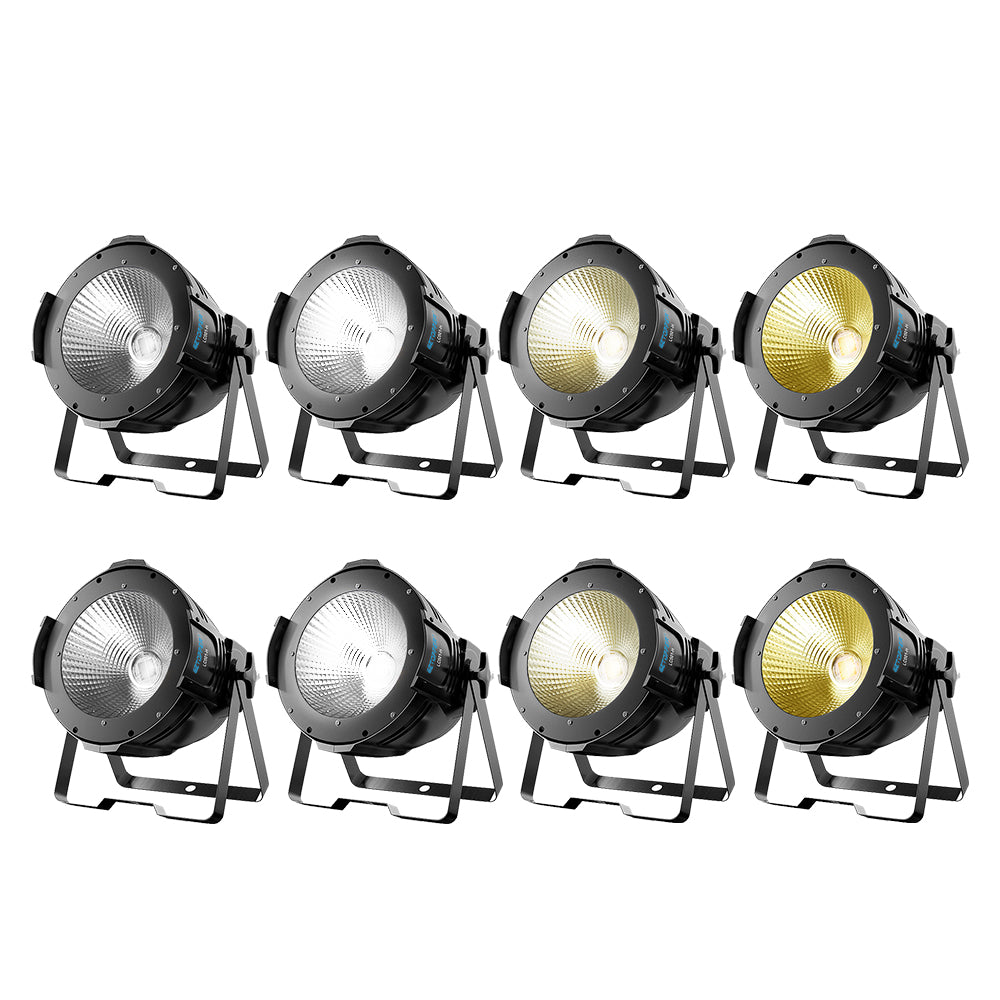
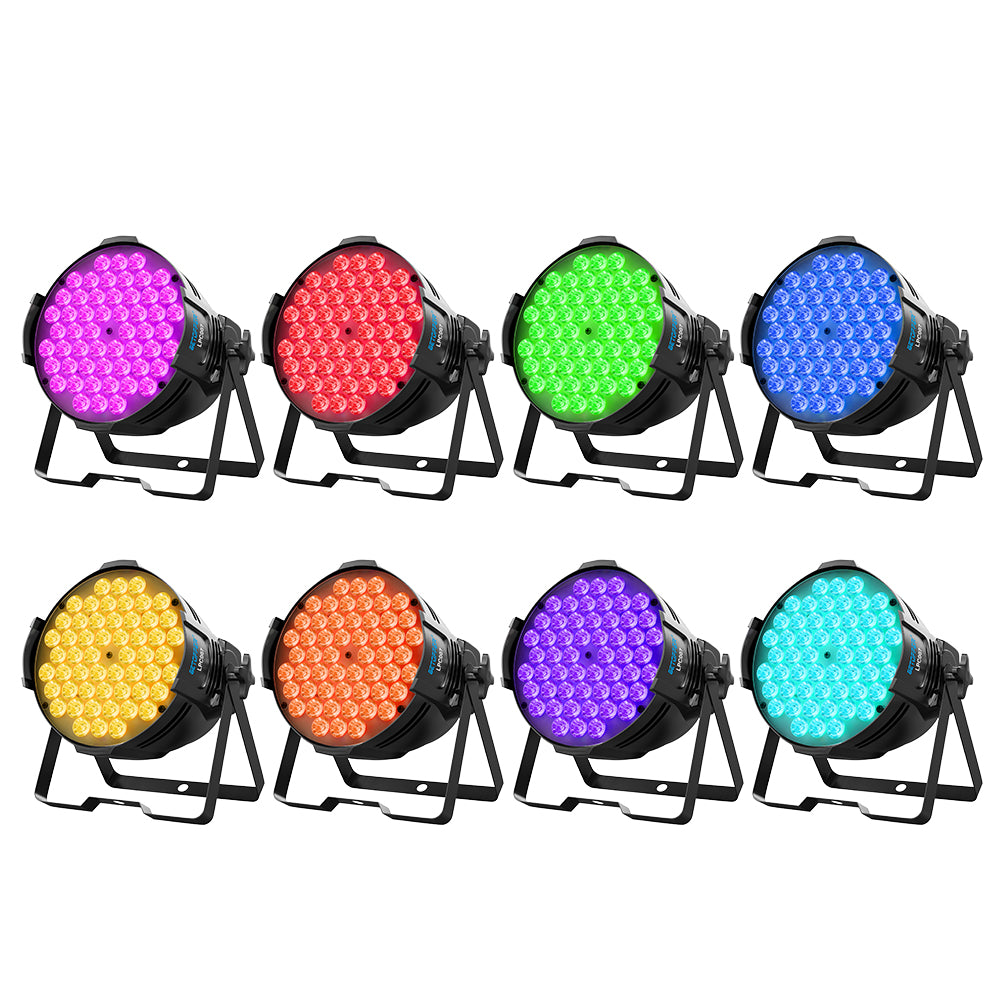
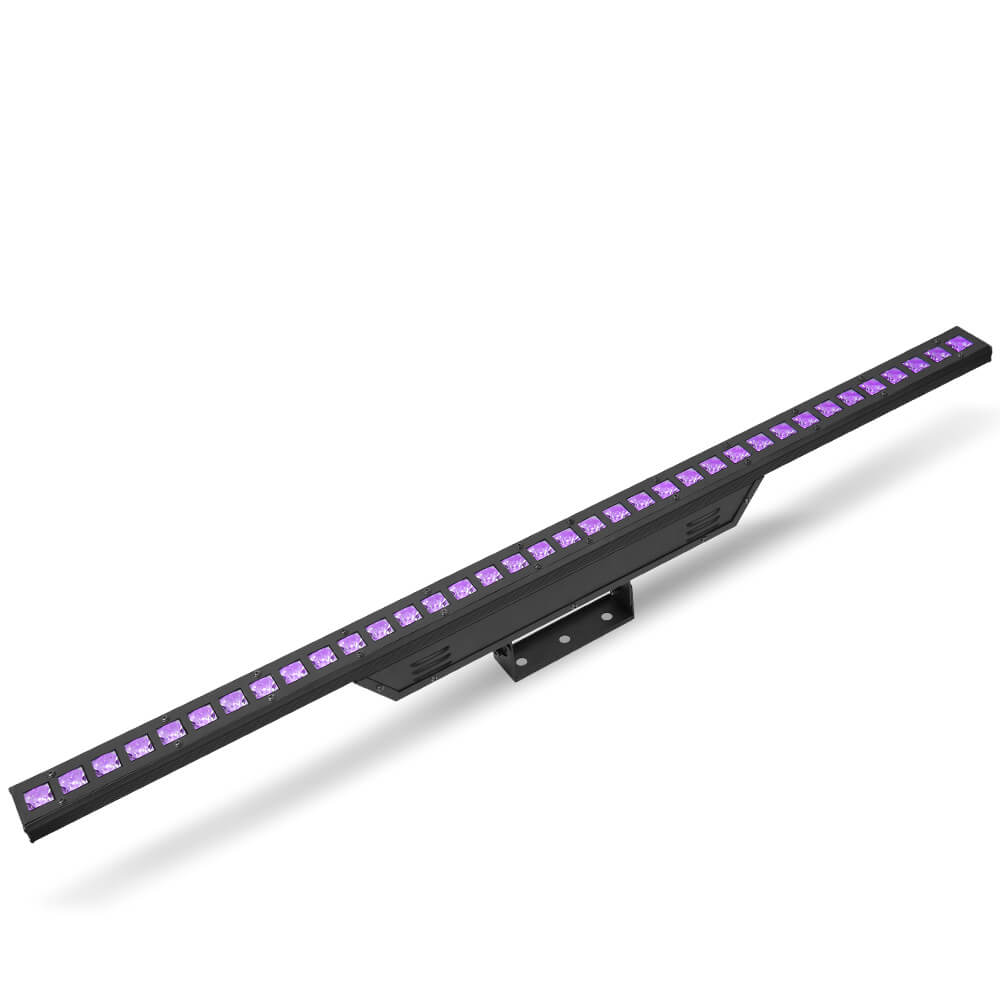
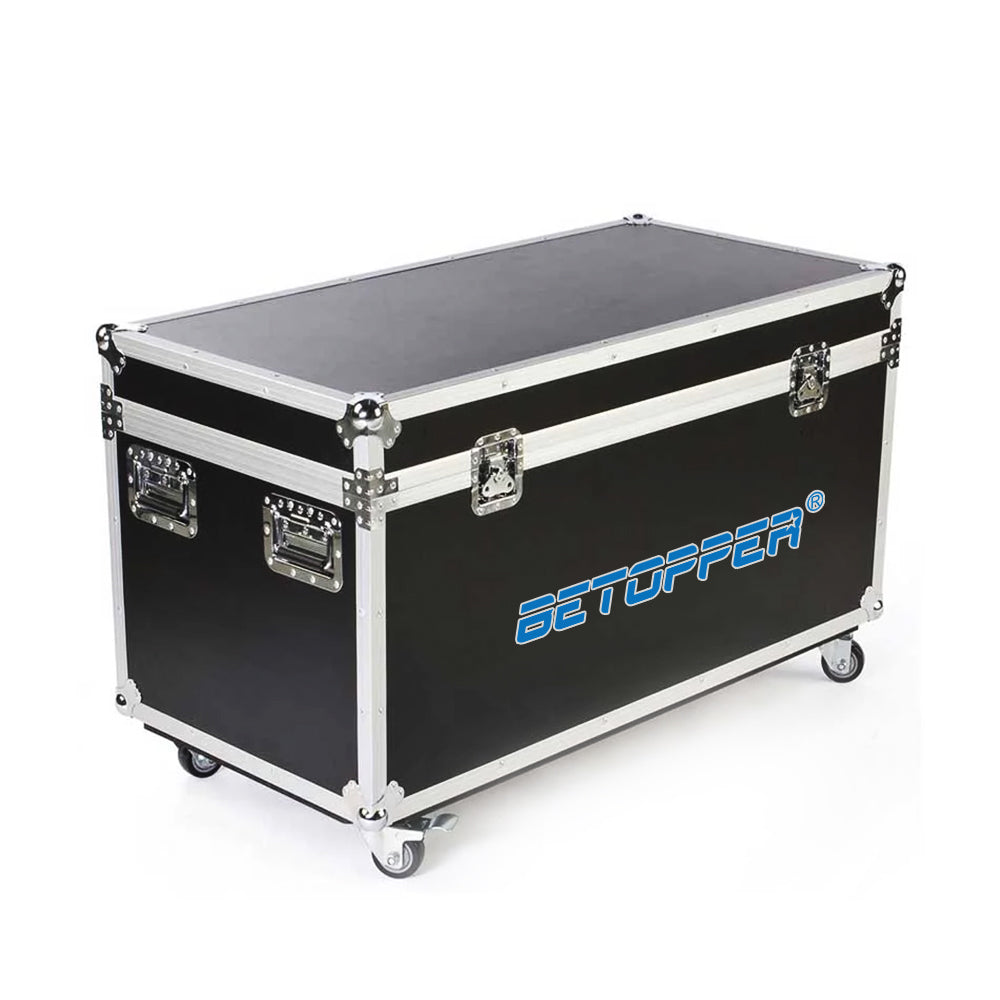
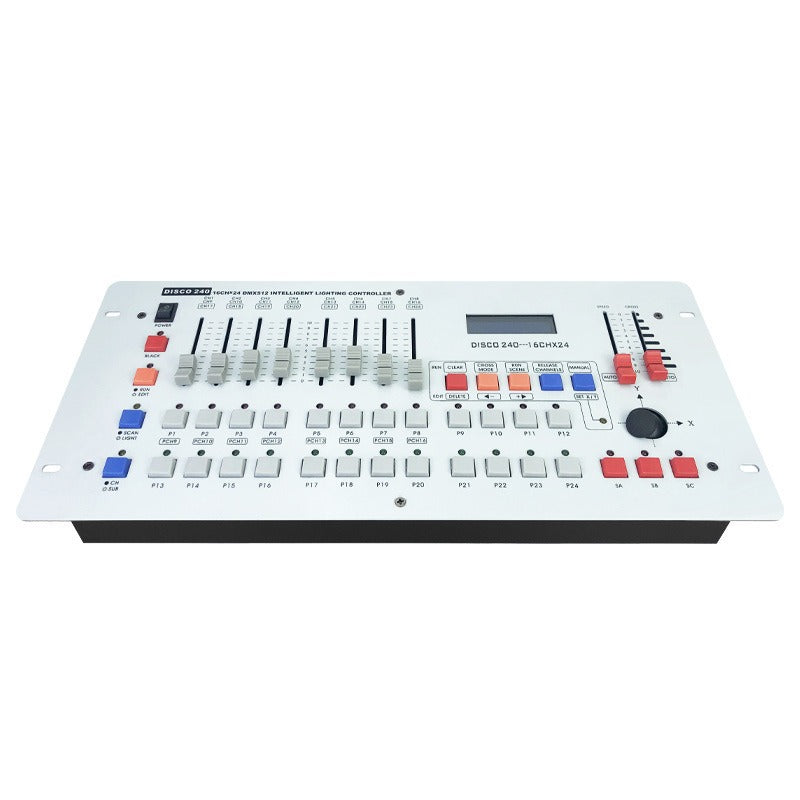
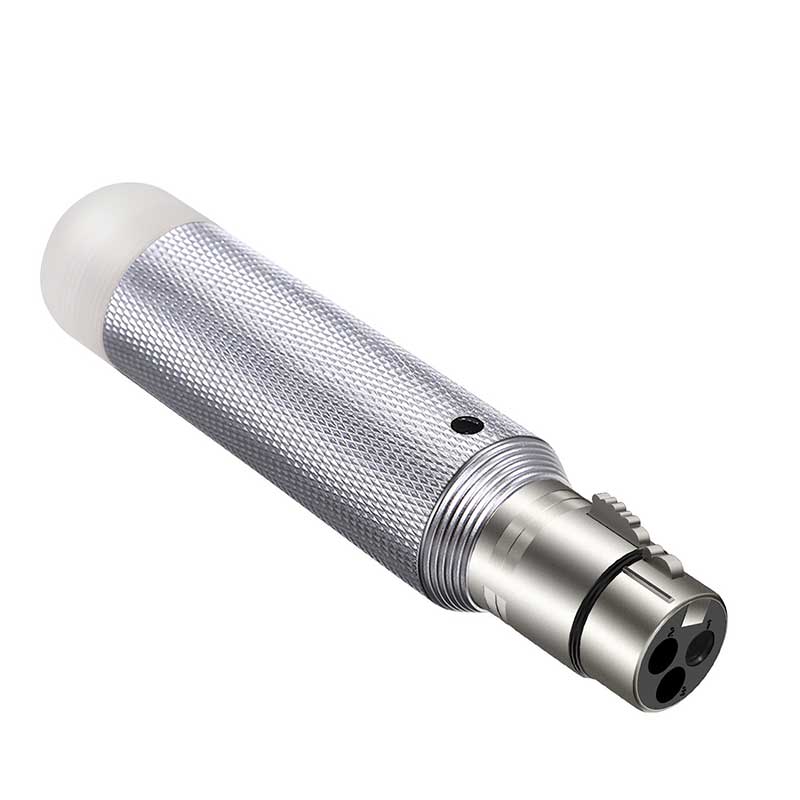


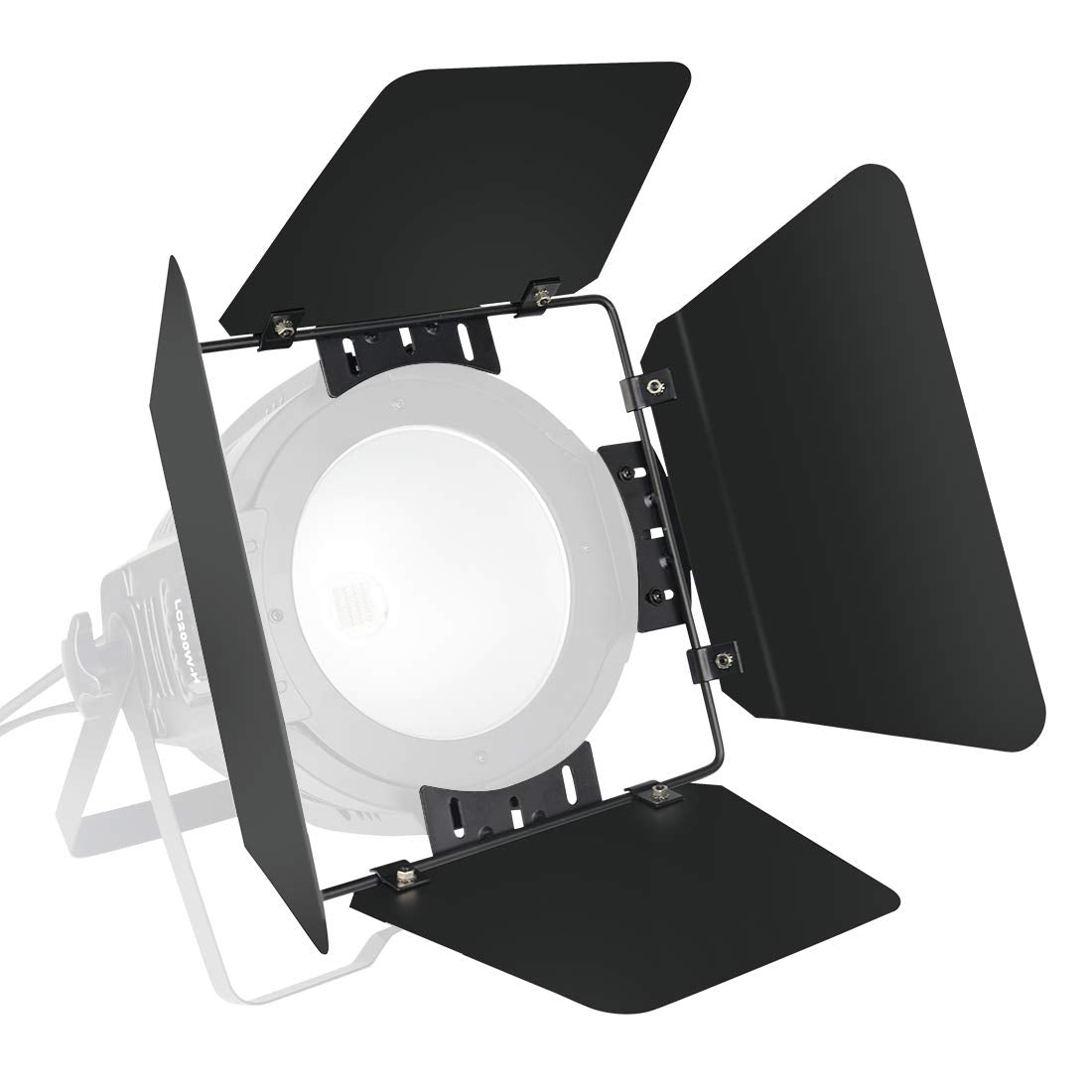
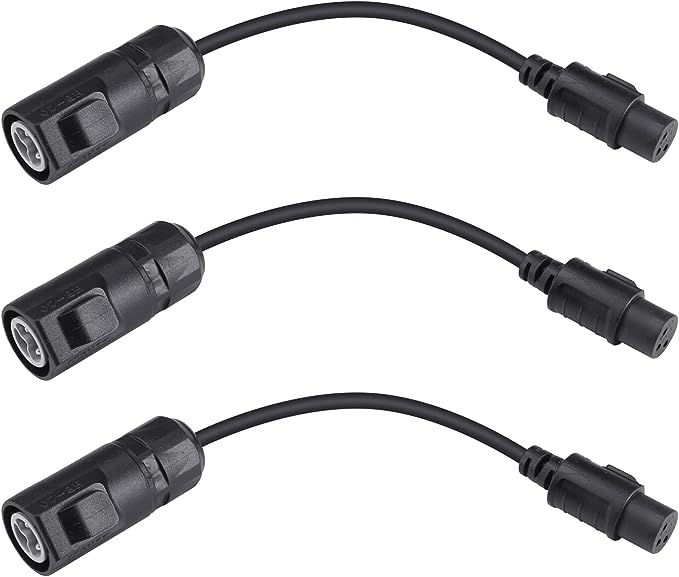
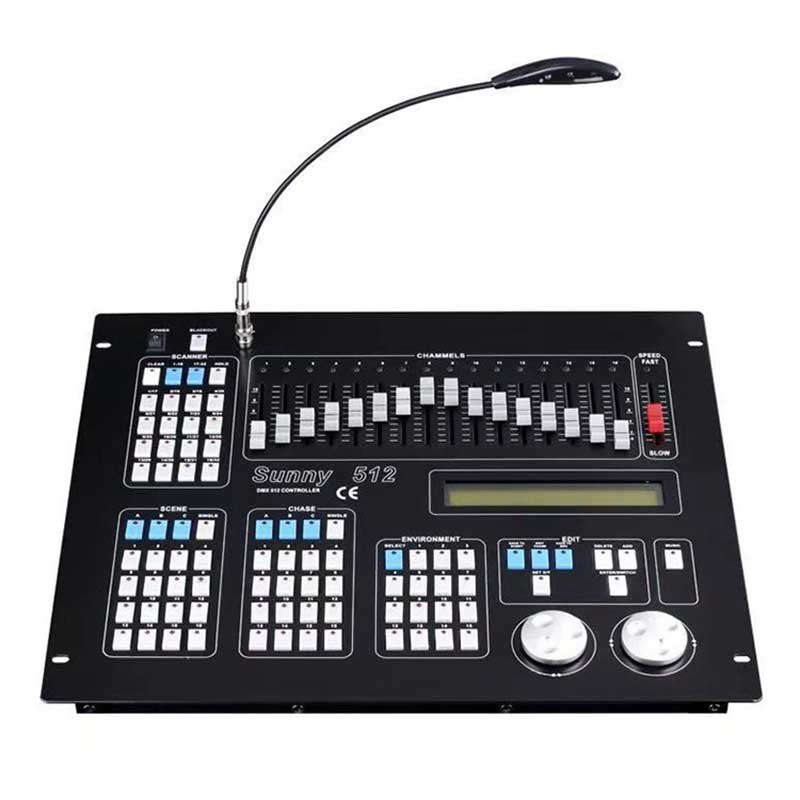
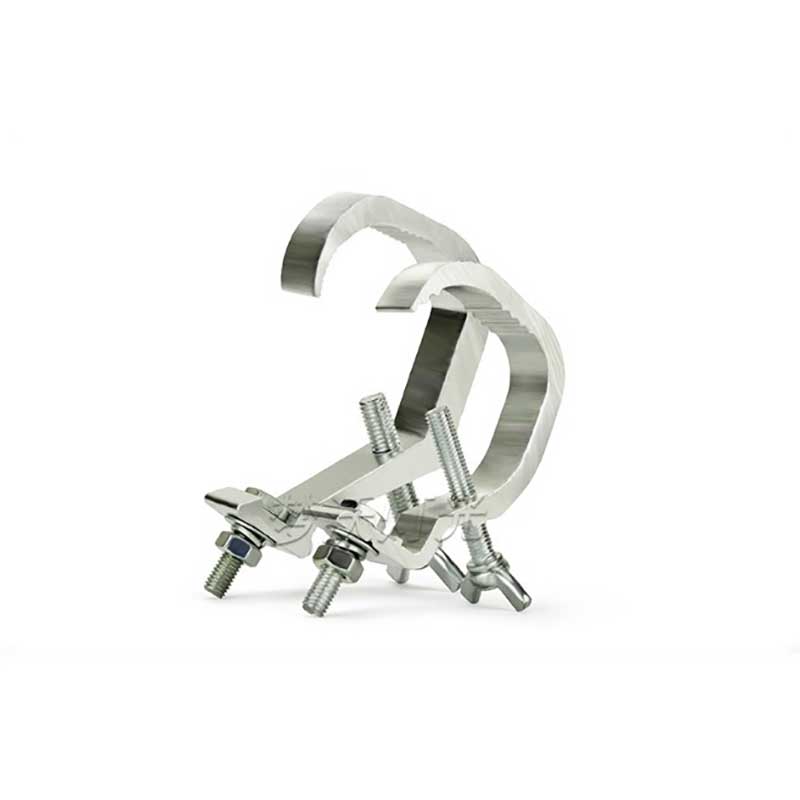
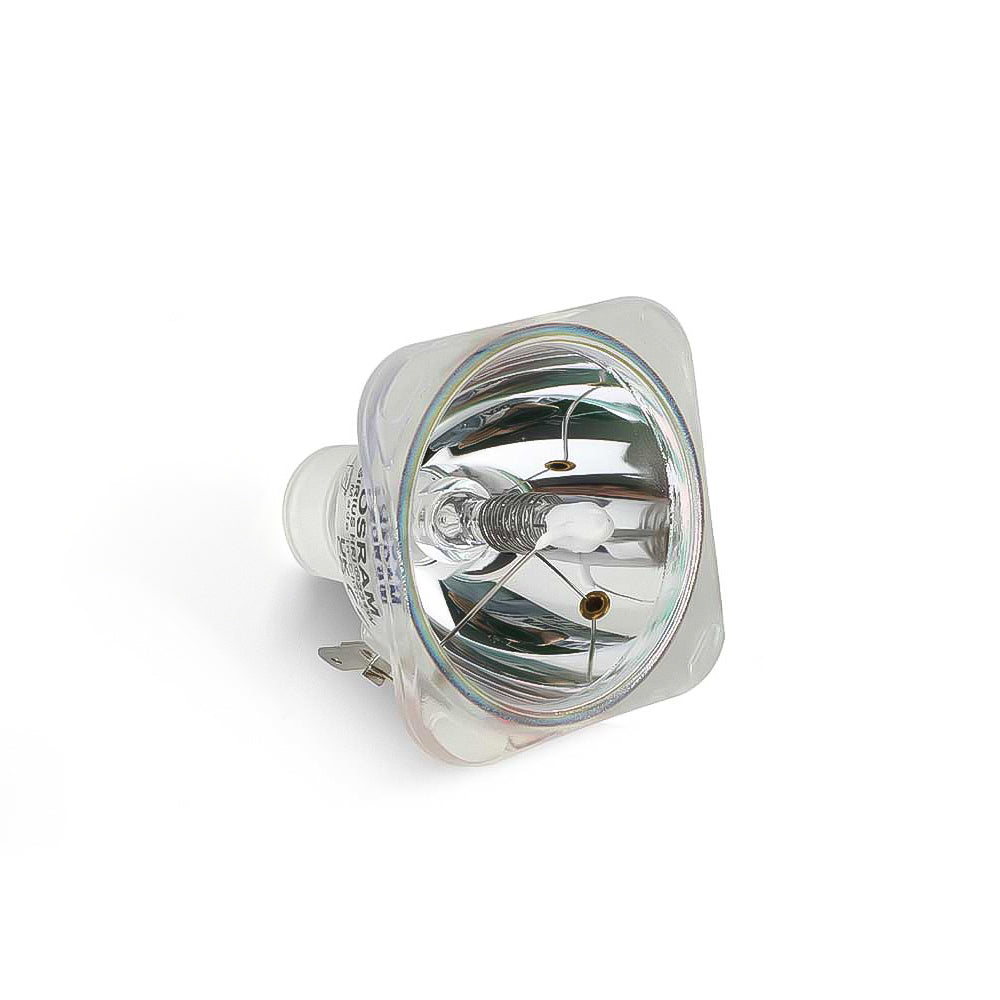

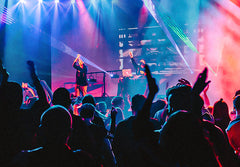
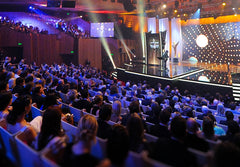
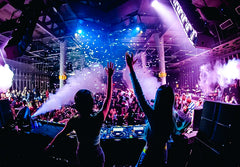

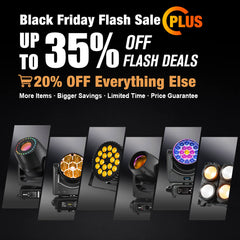
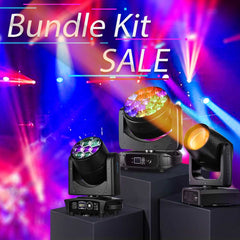
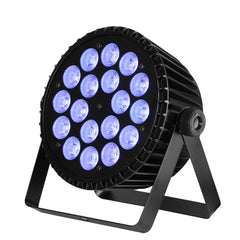
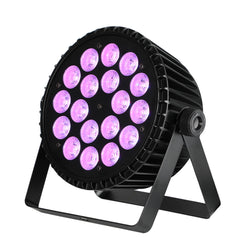
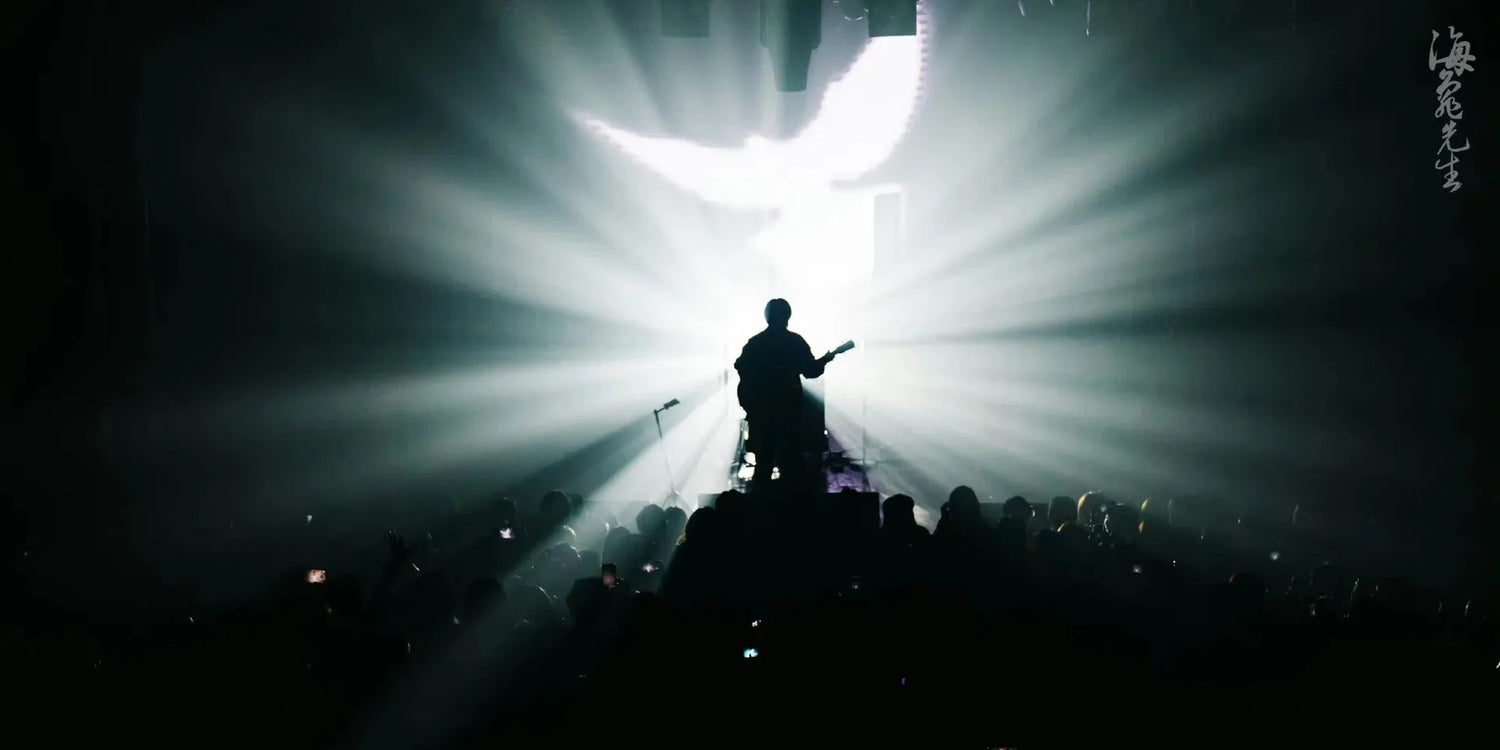
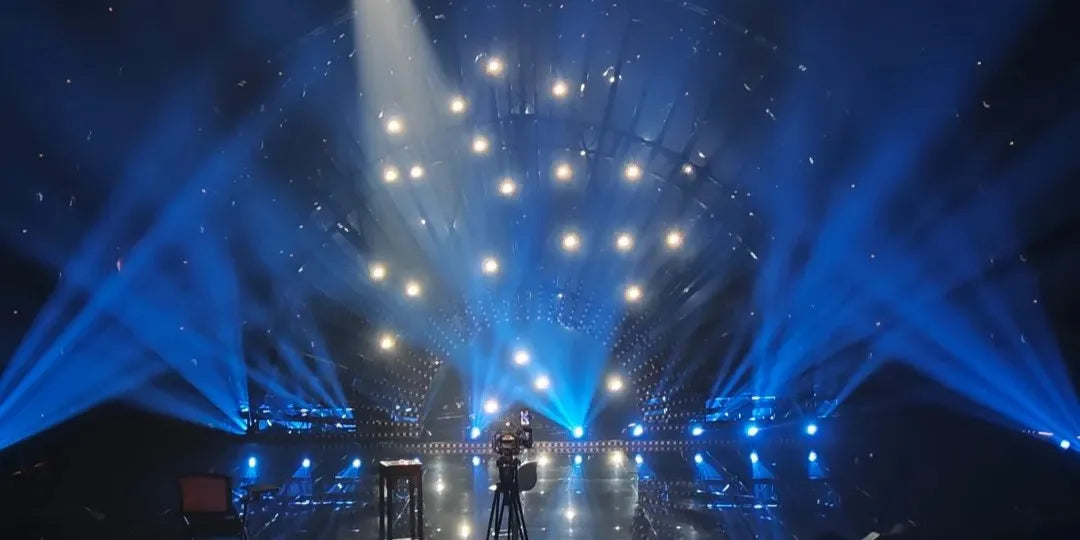
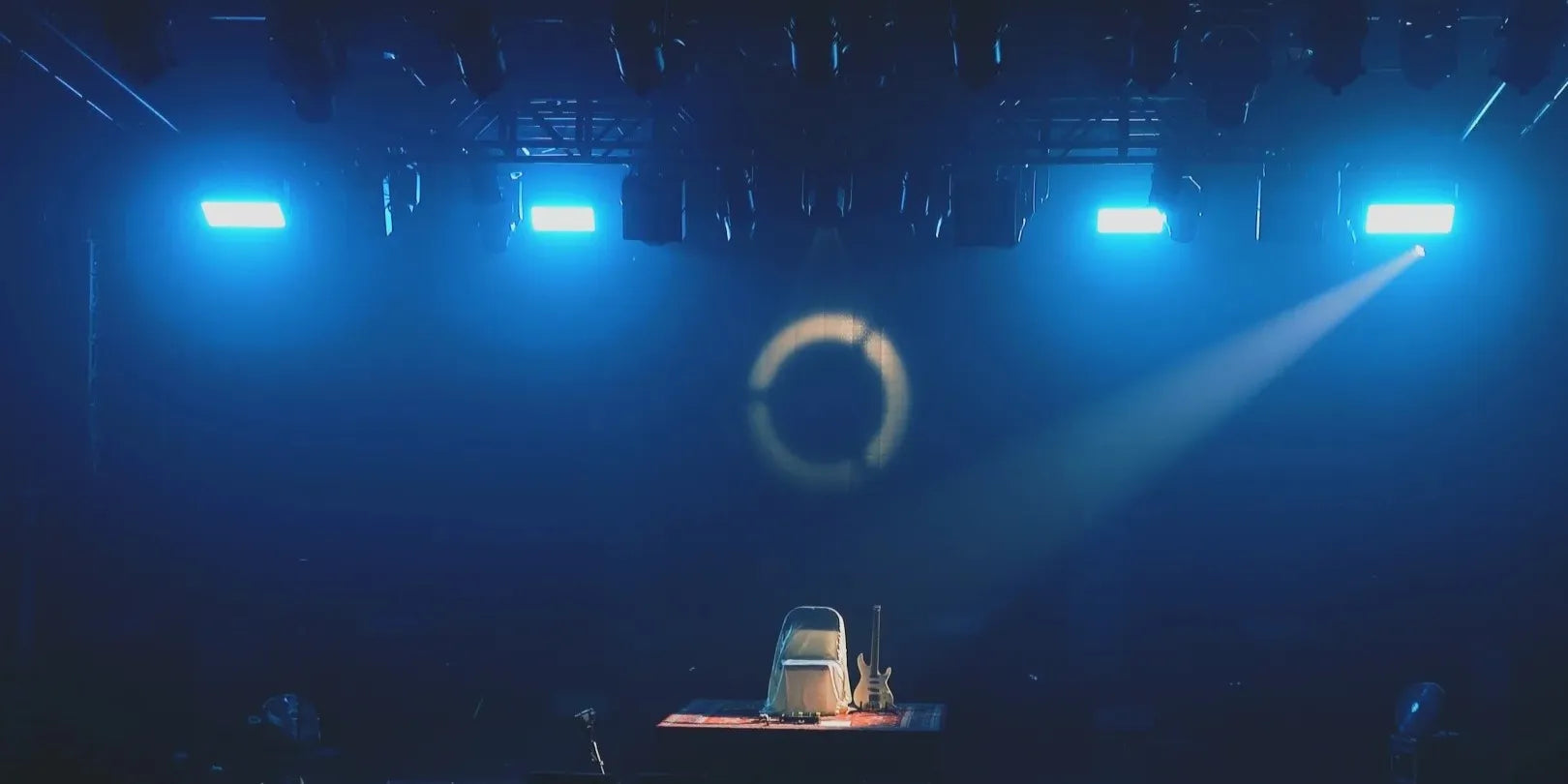
Leave a comment
This site is protected by hCaptcha and the hCaptcha Privacy Policy and Terms of Service apply.